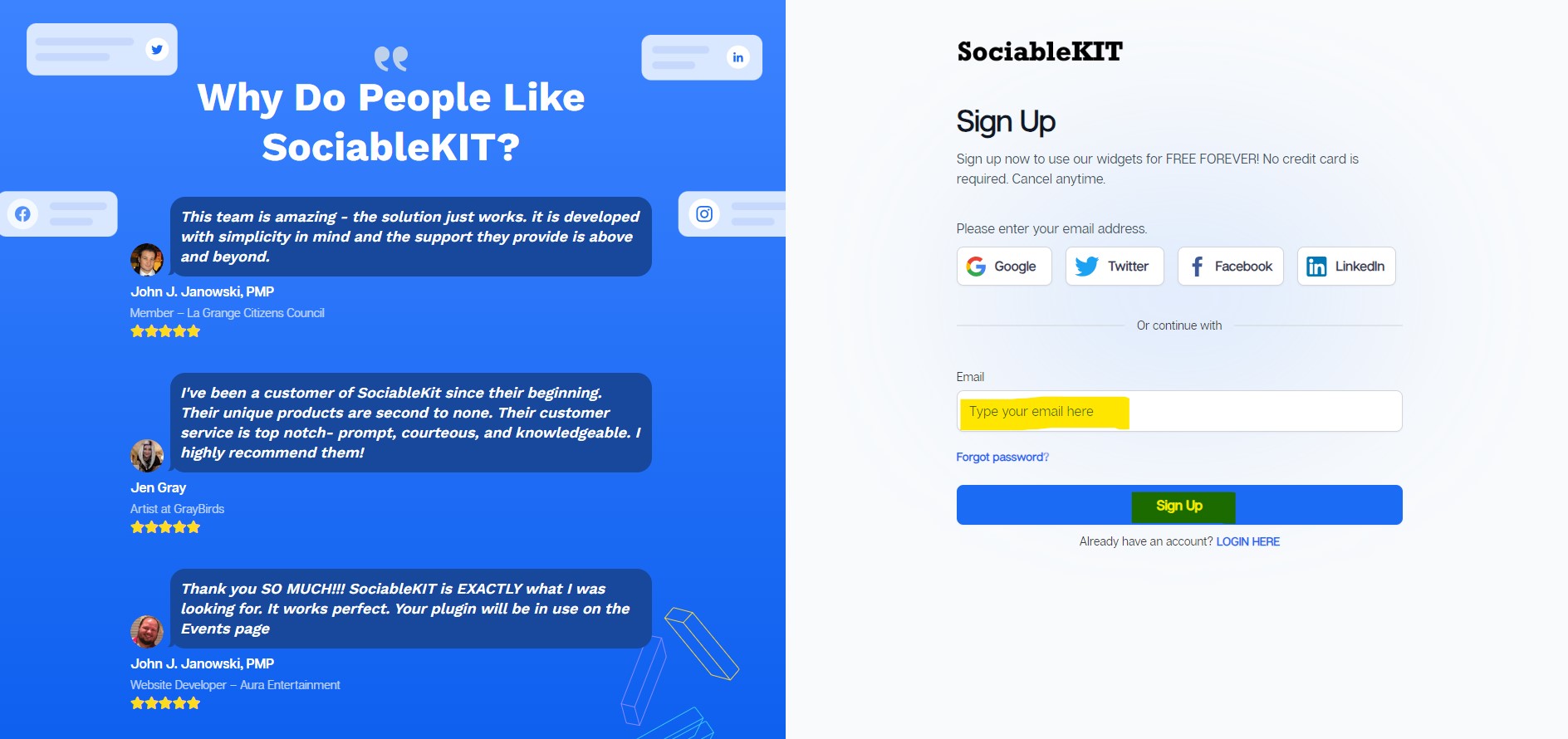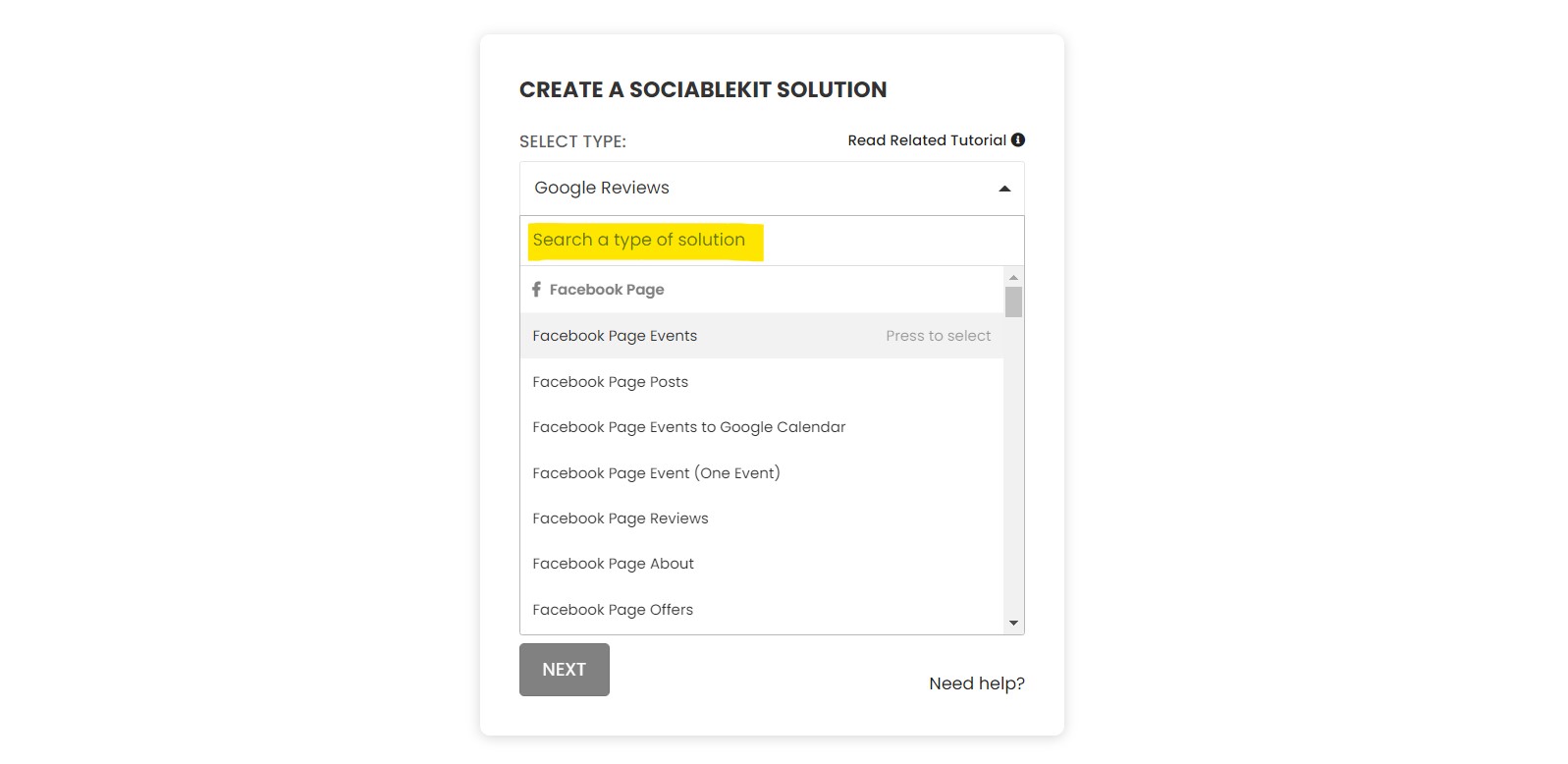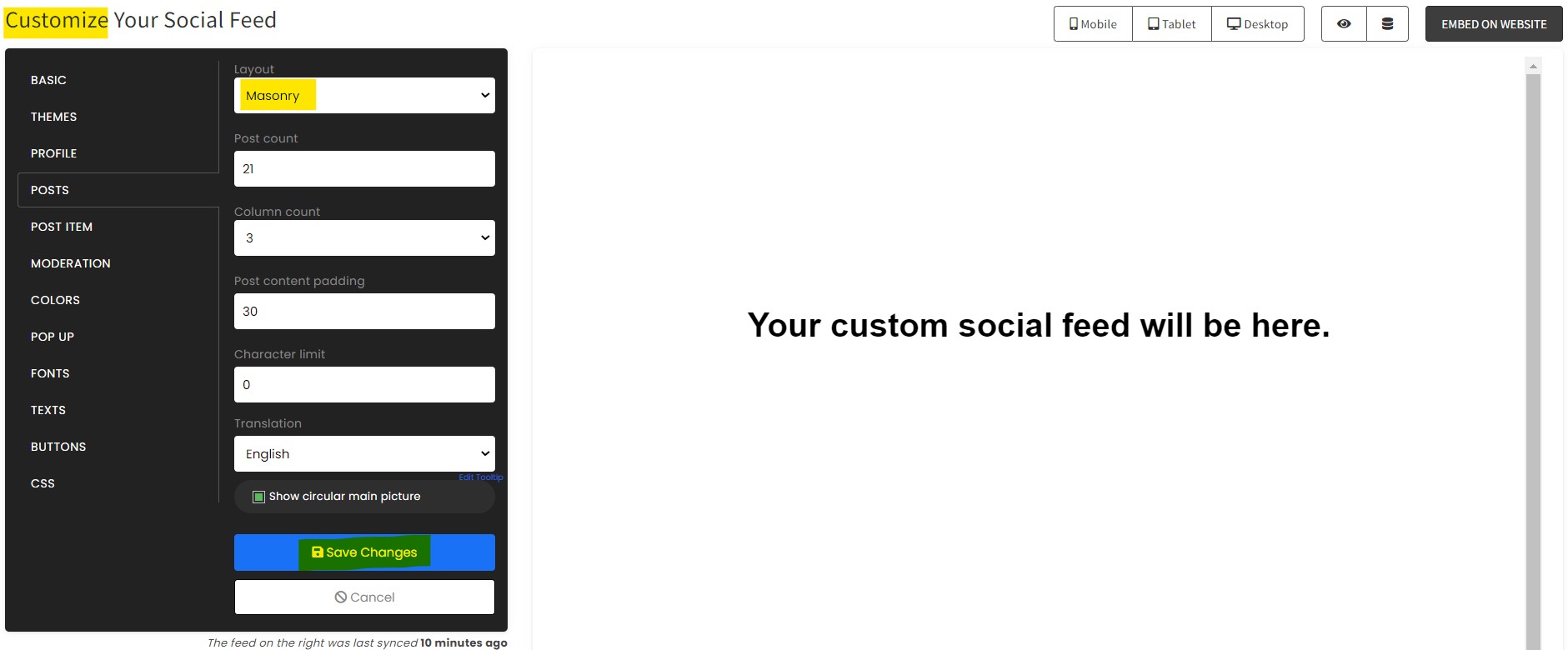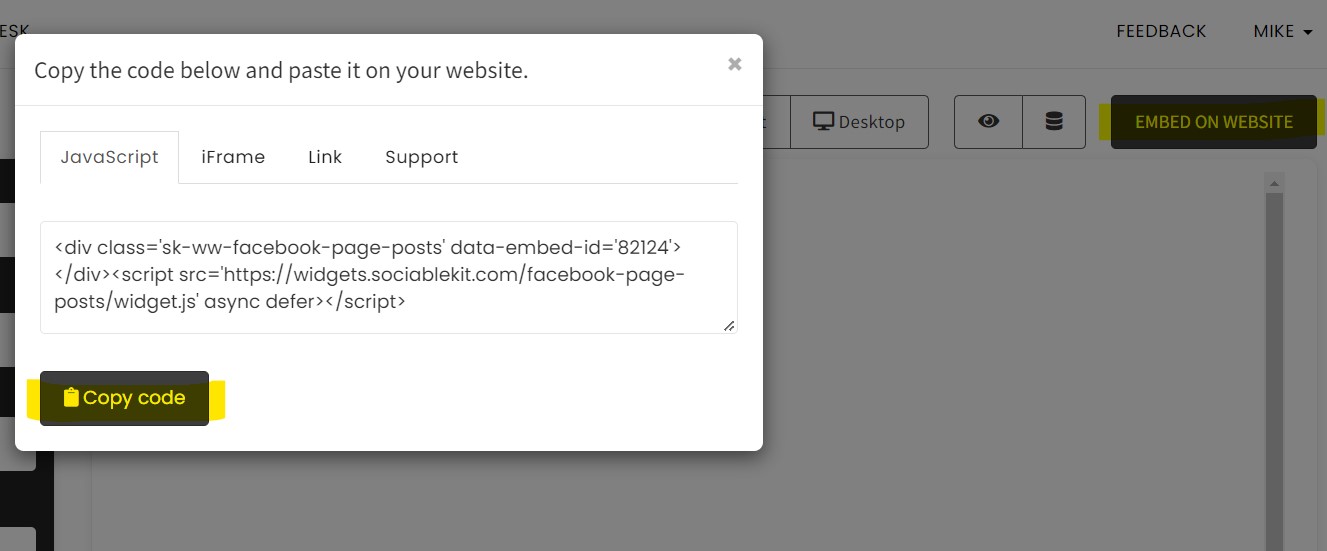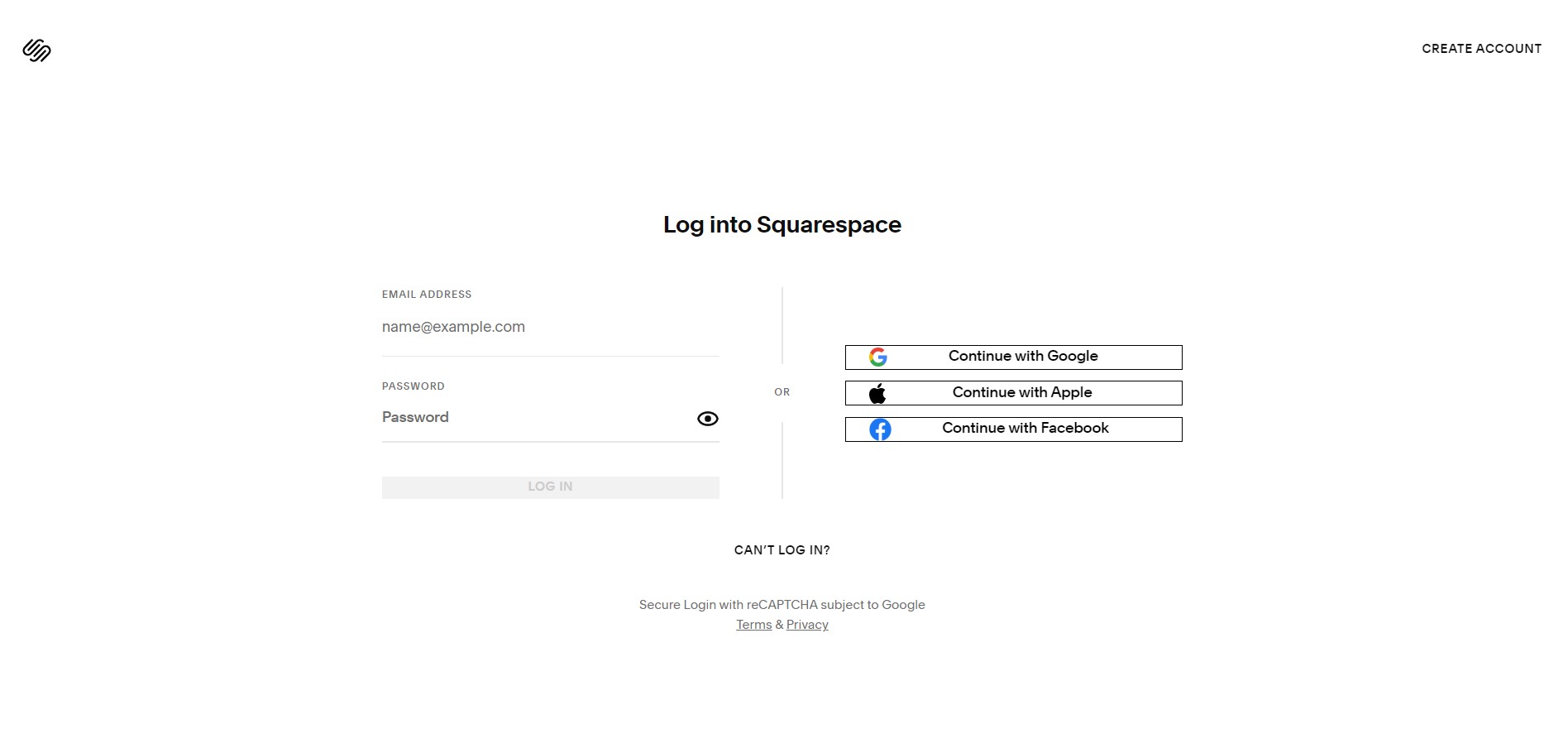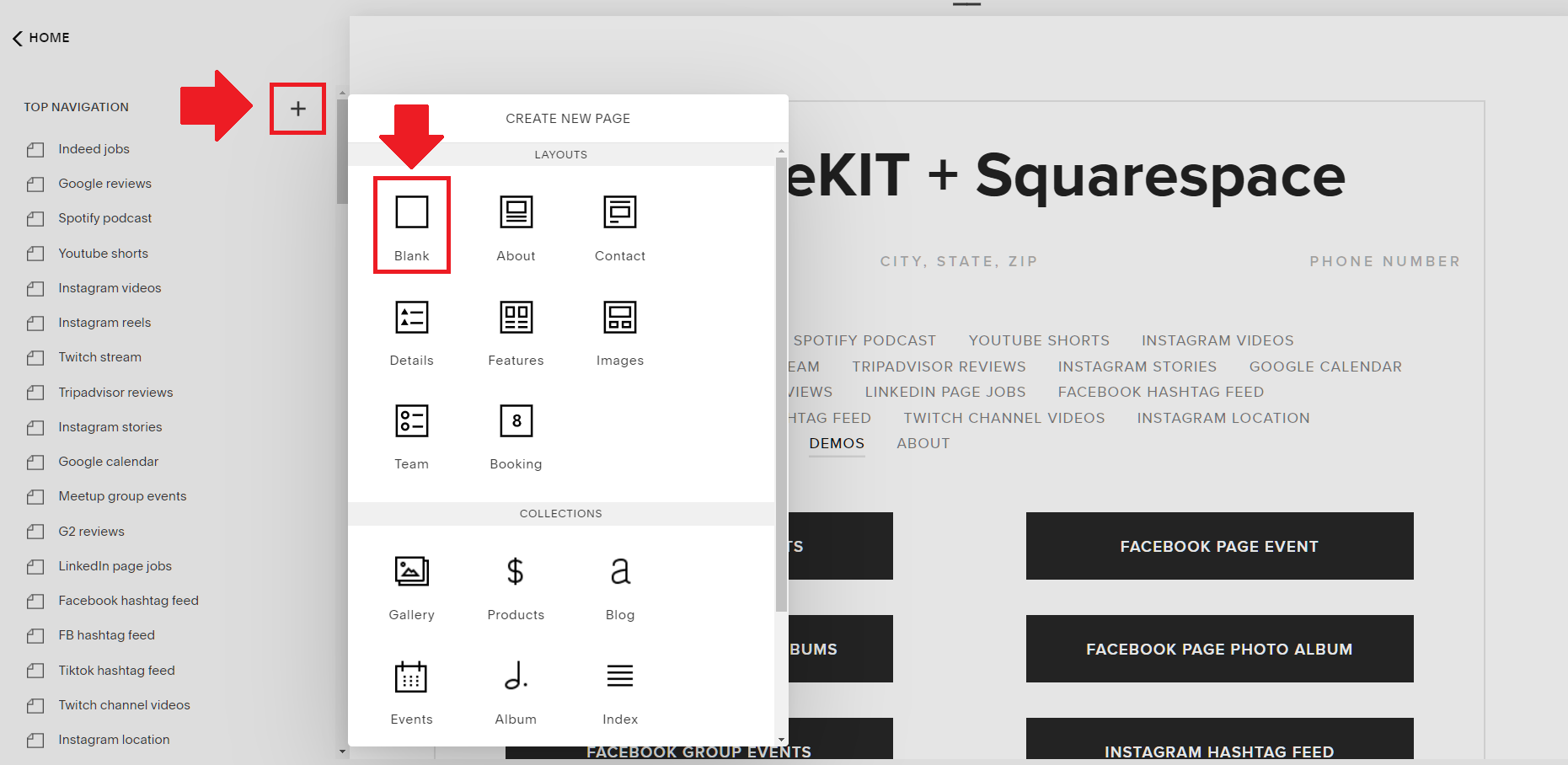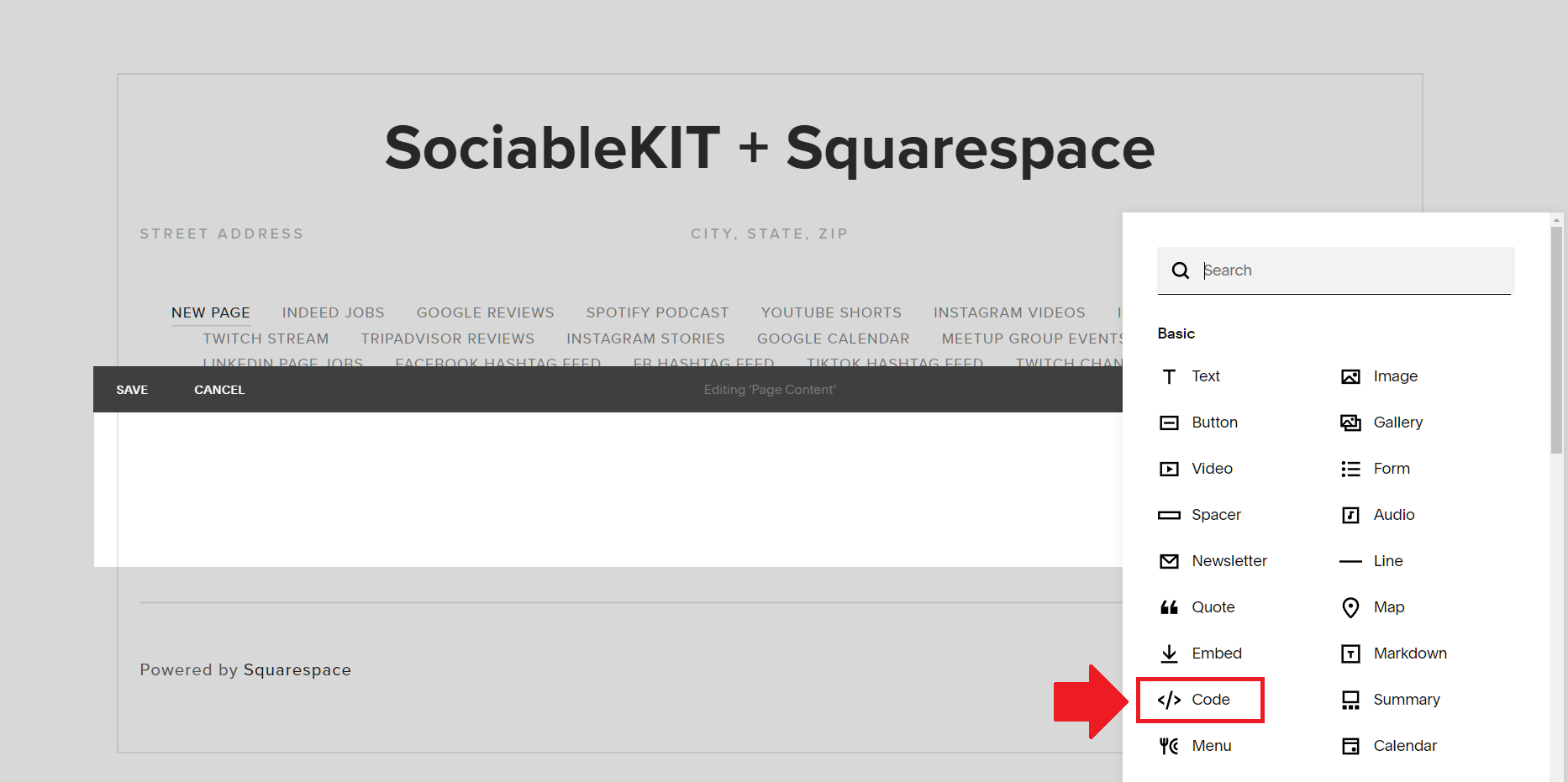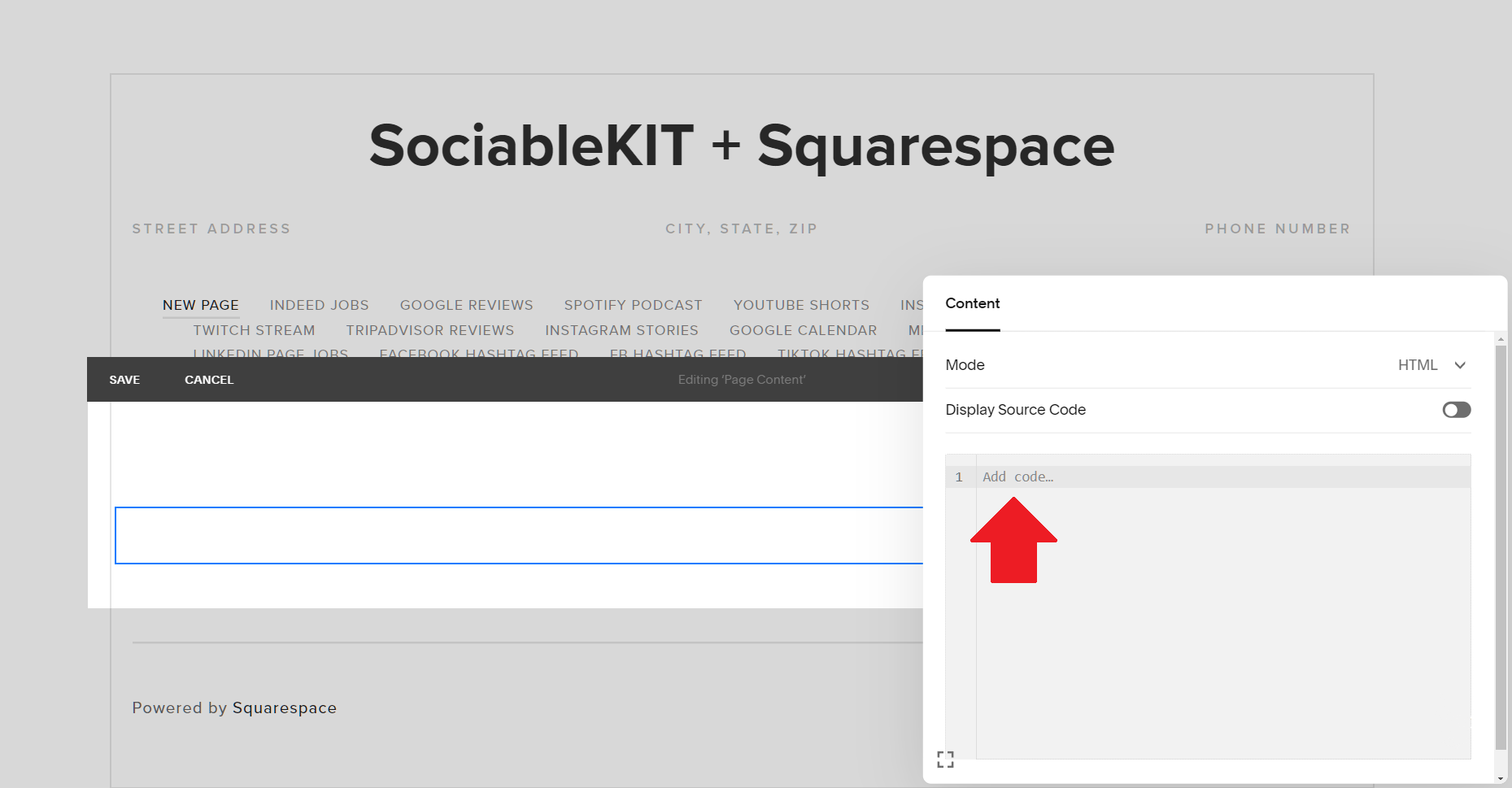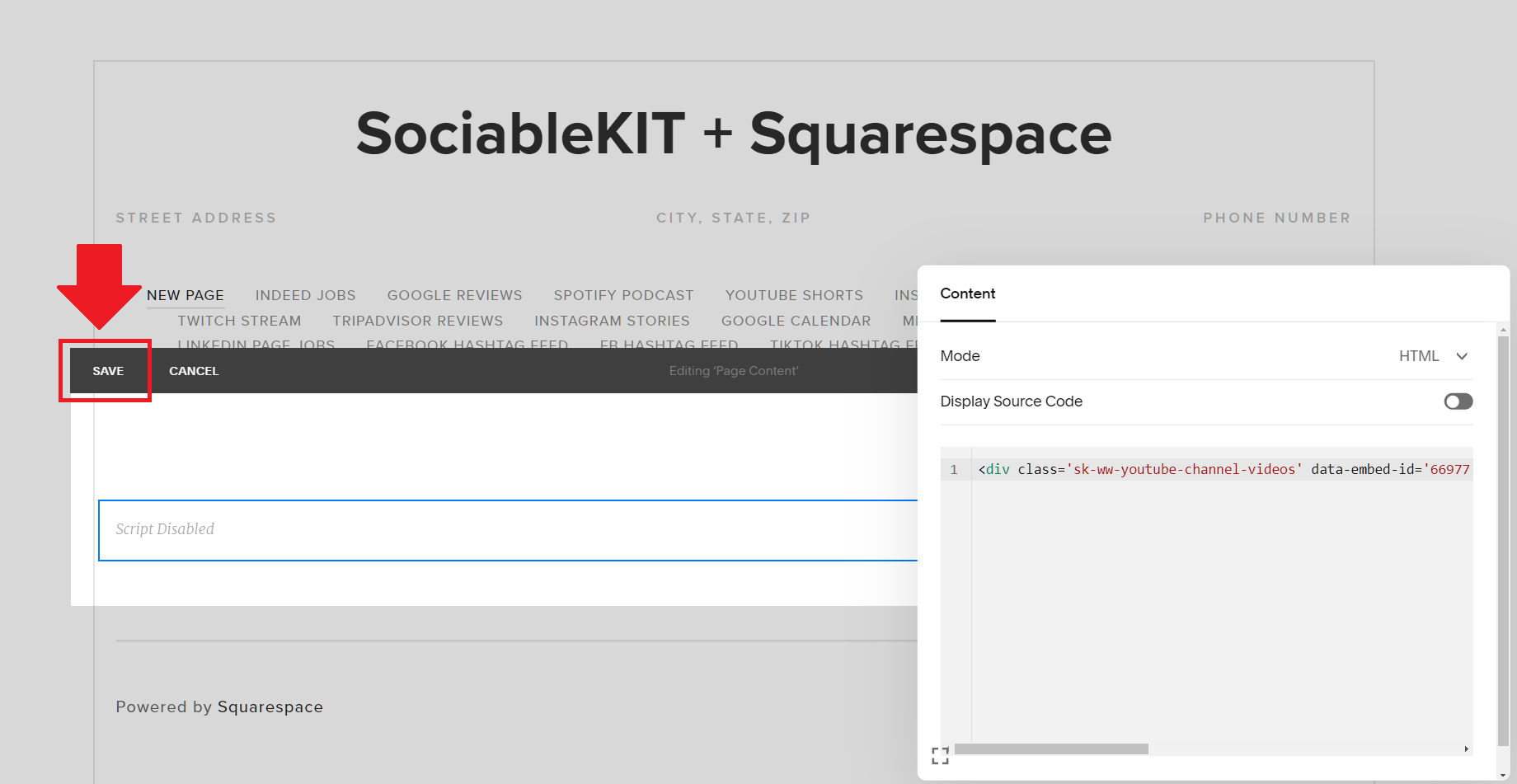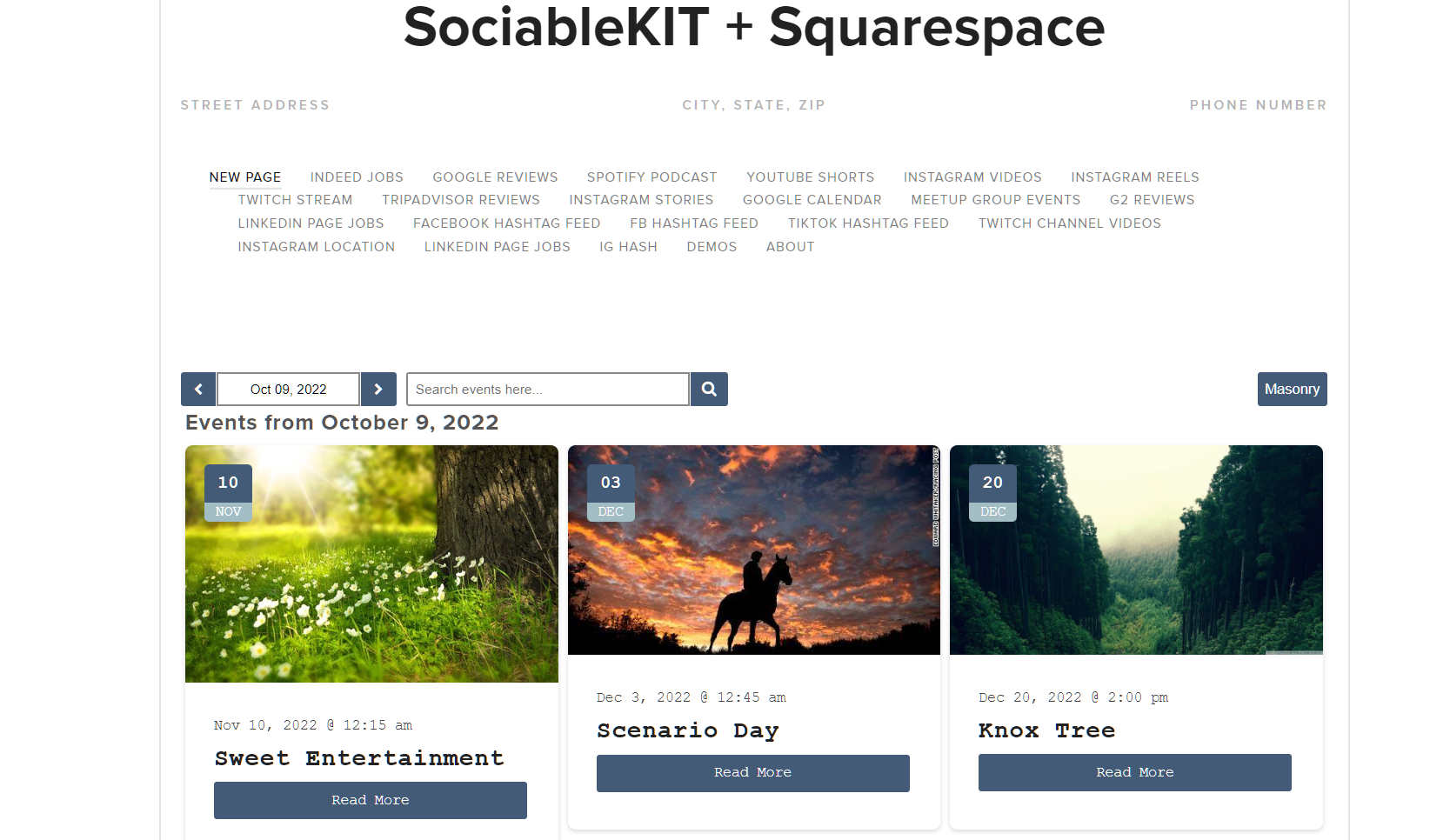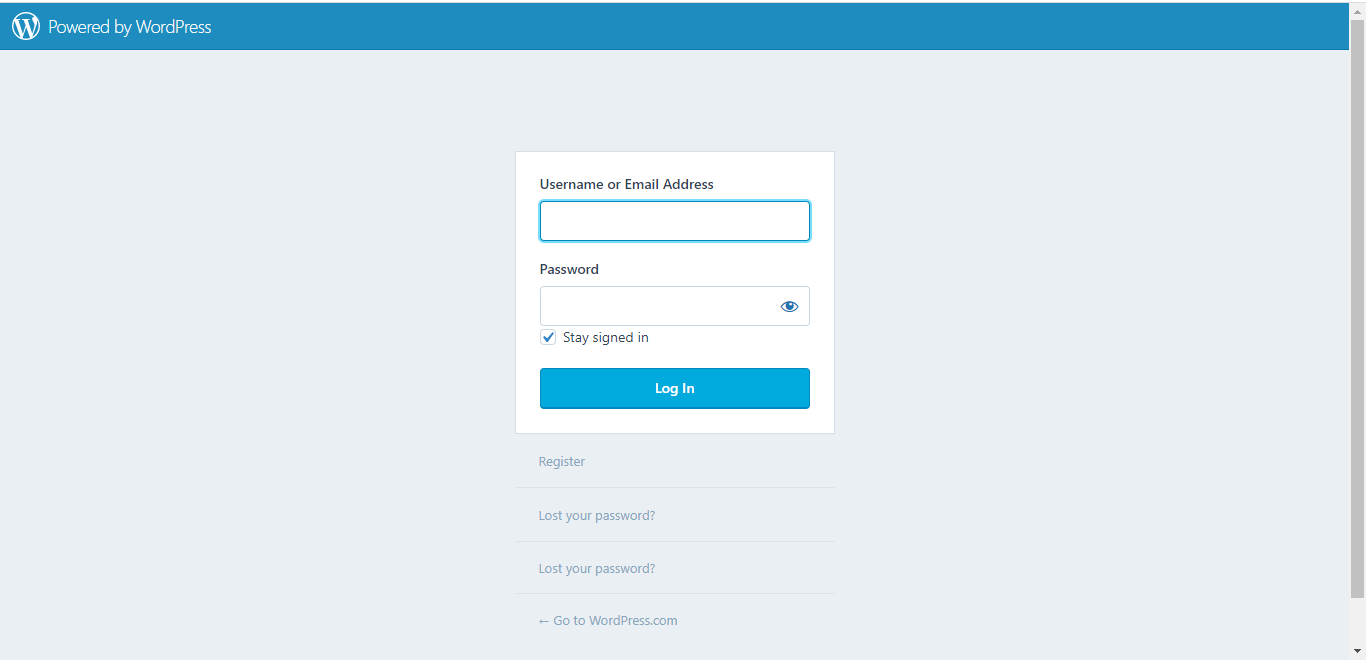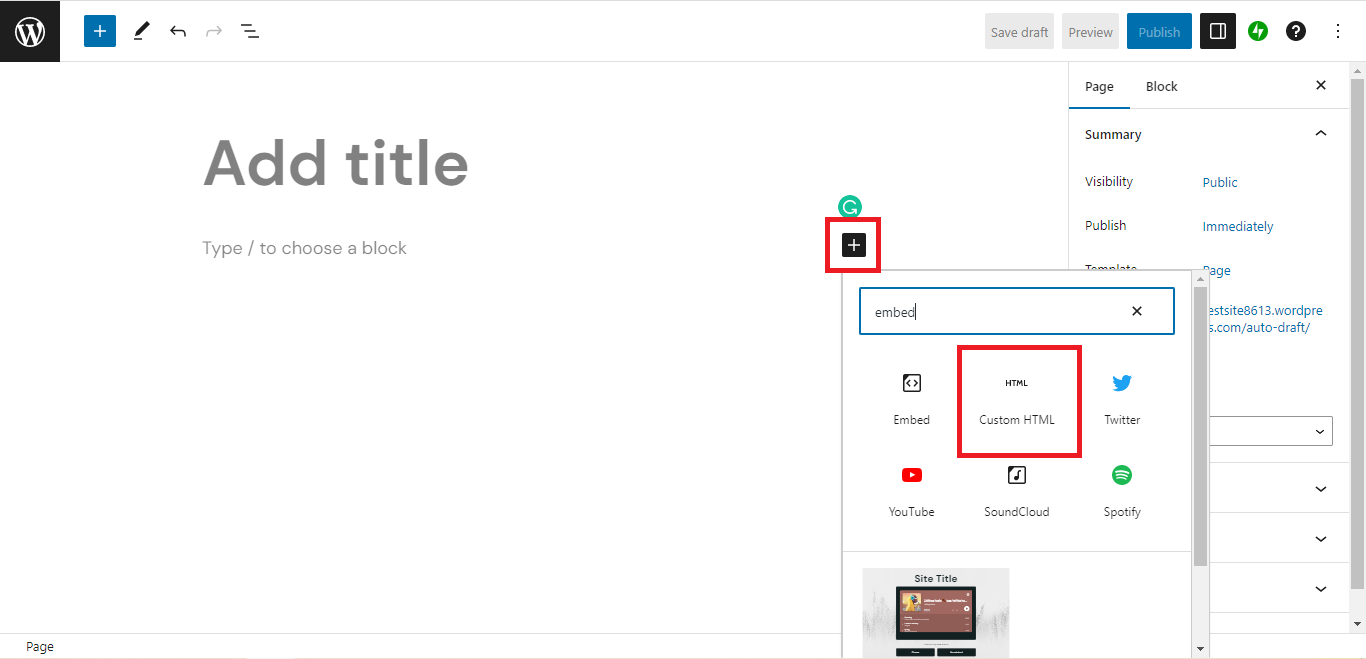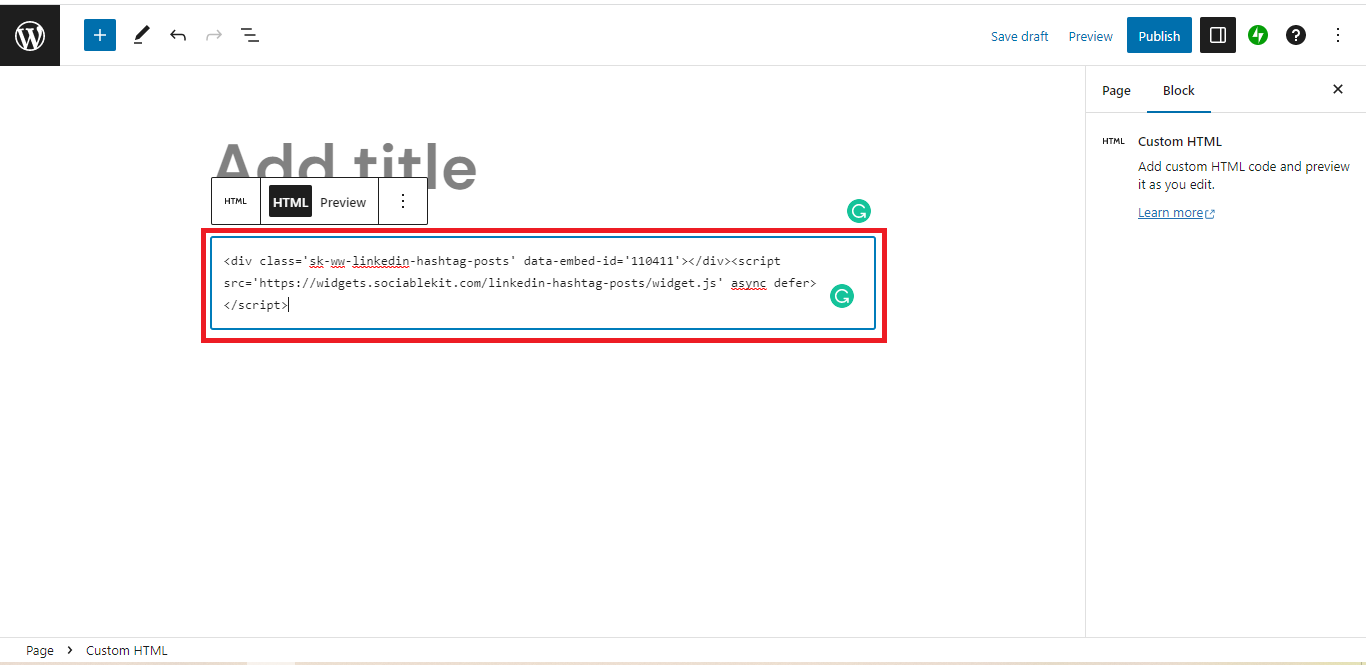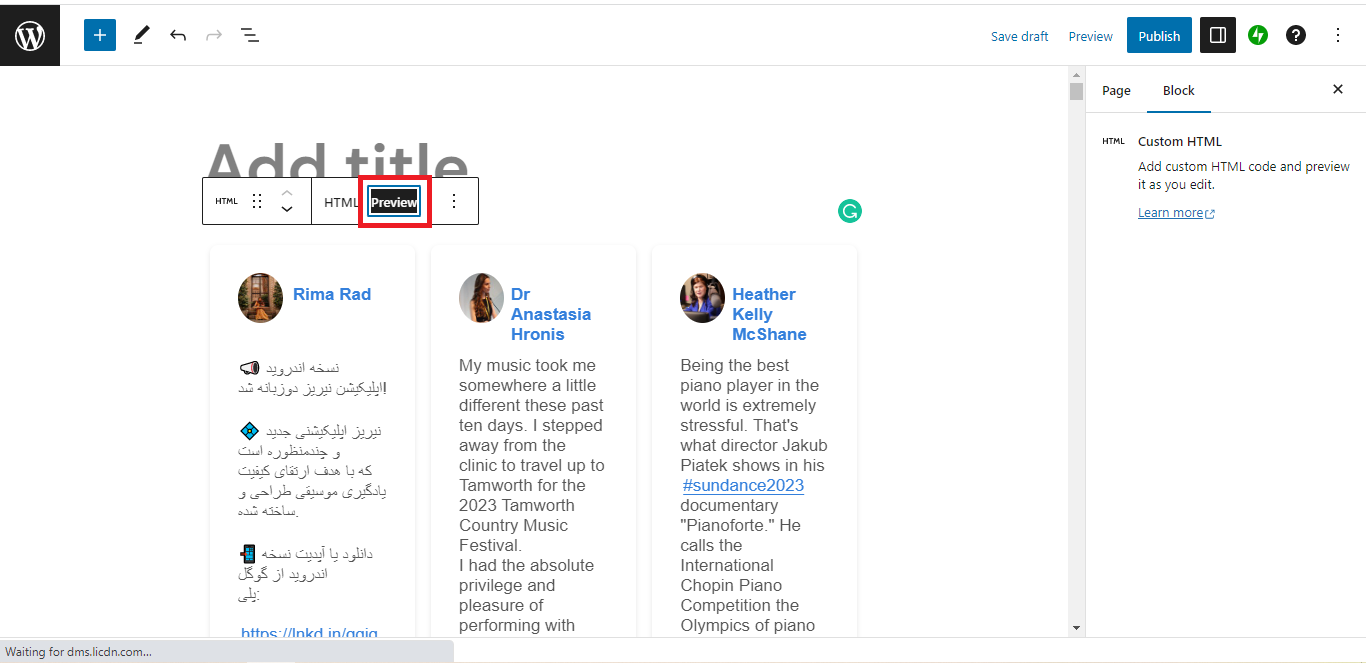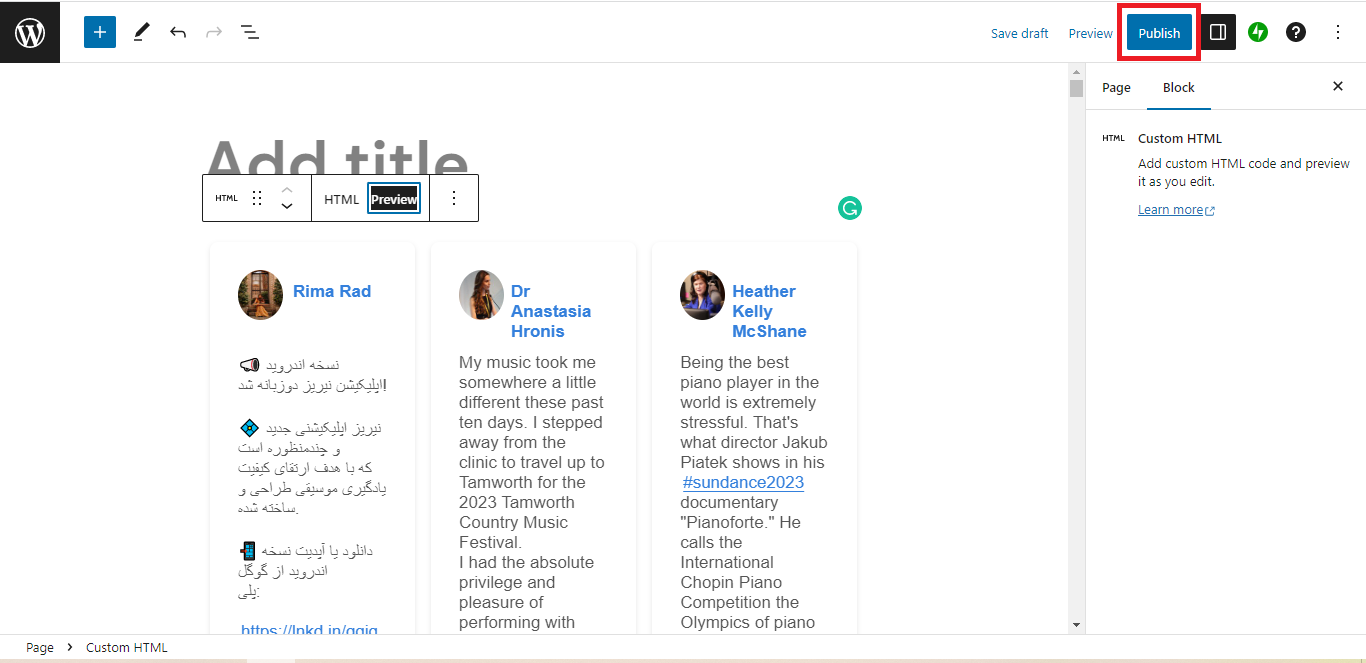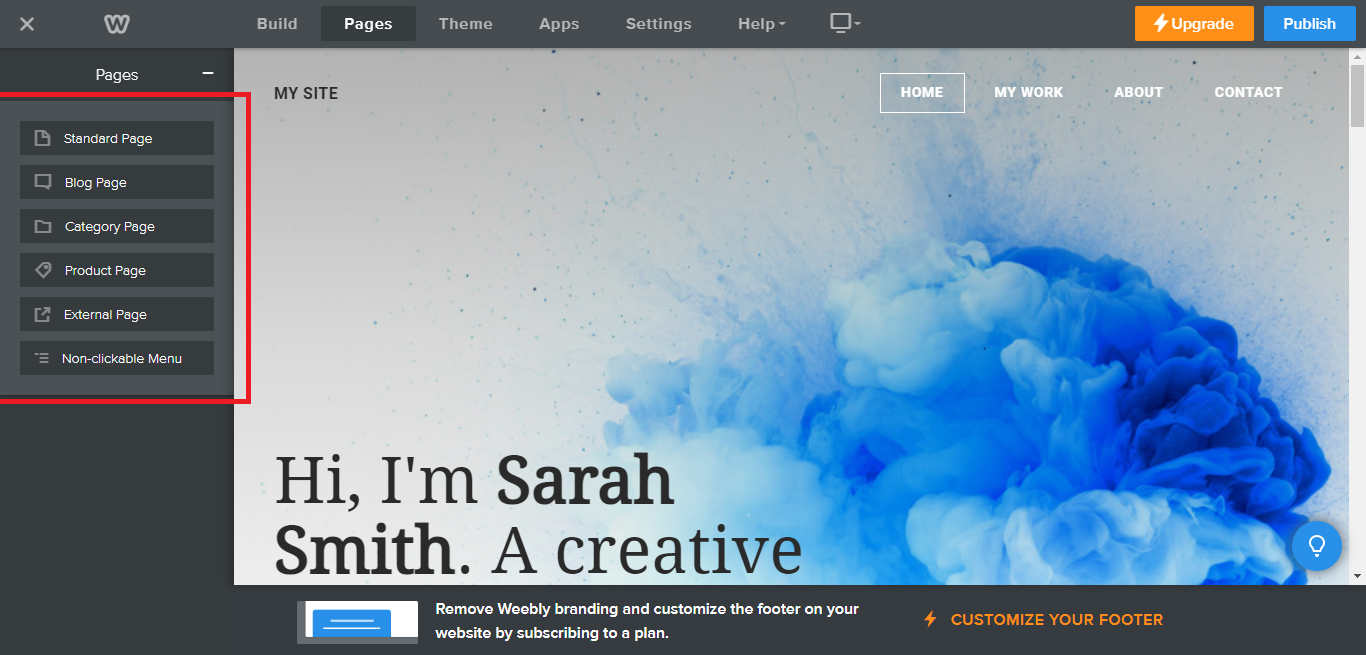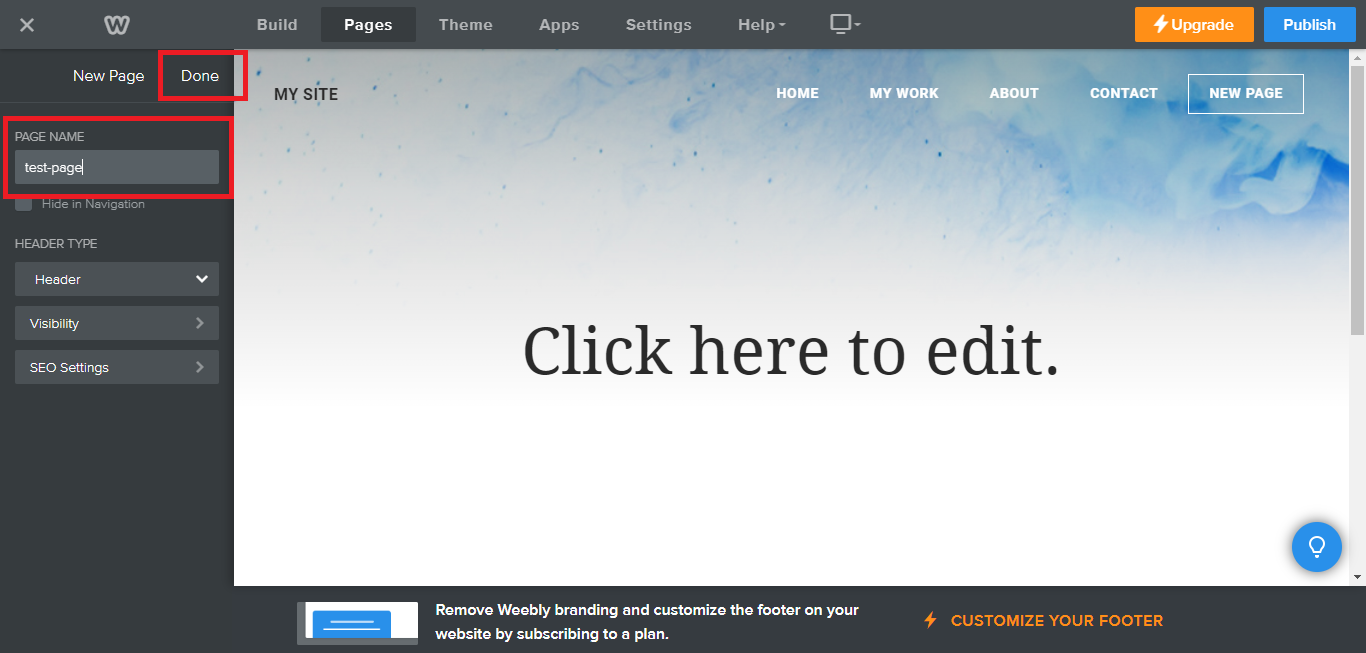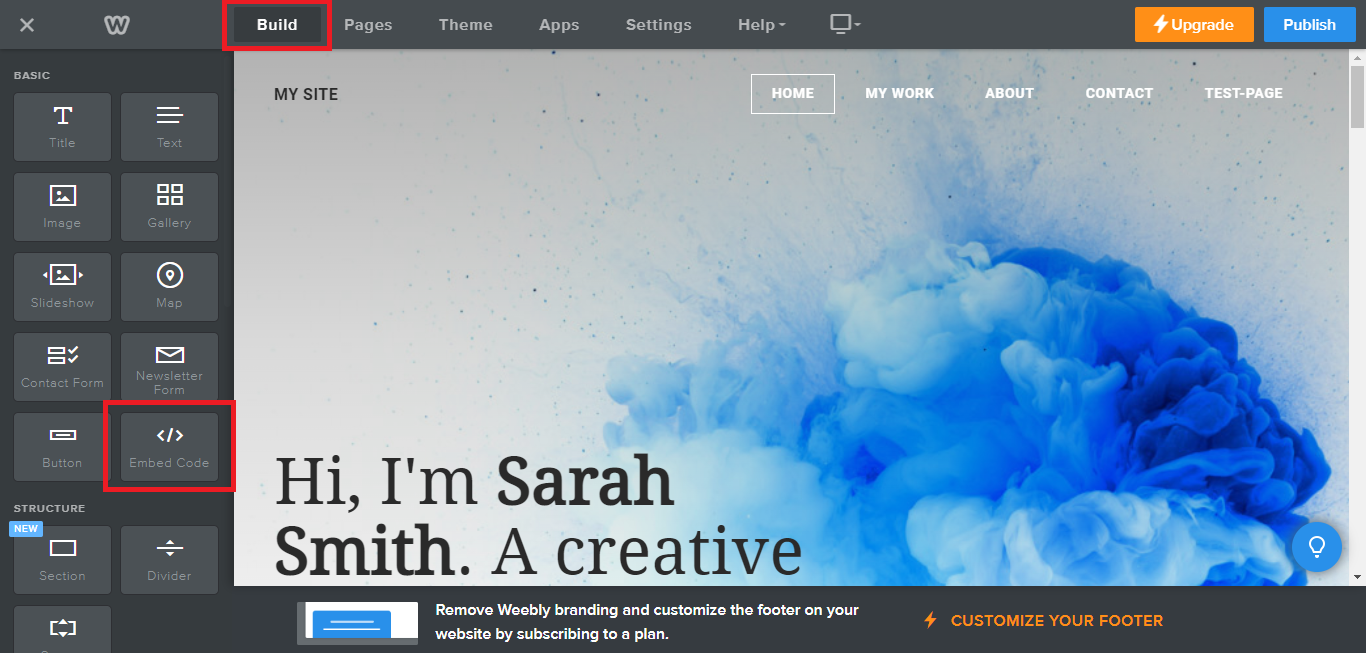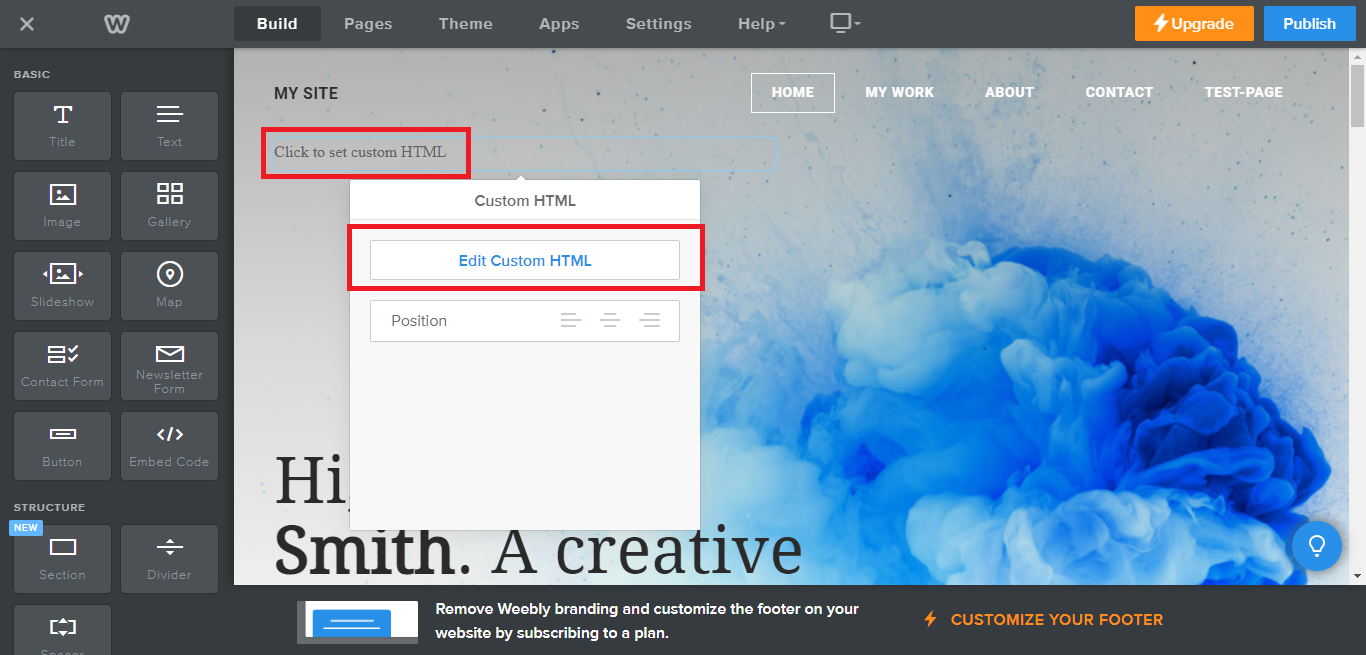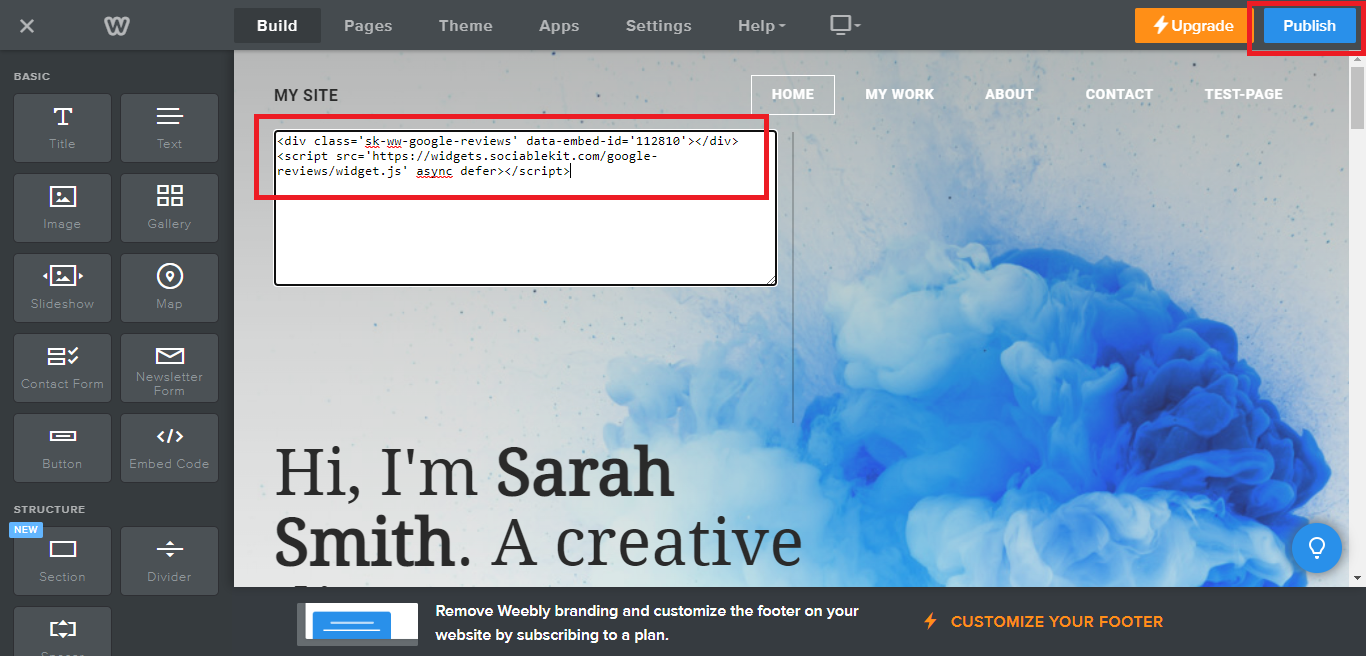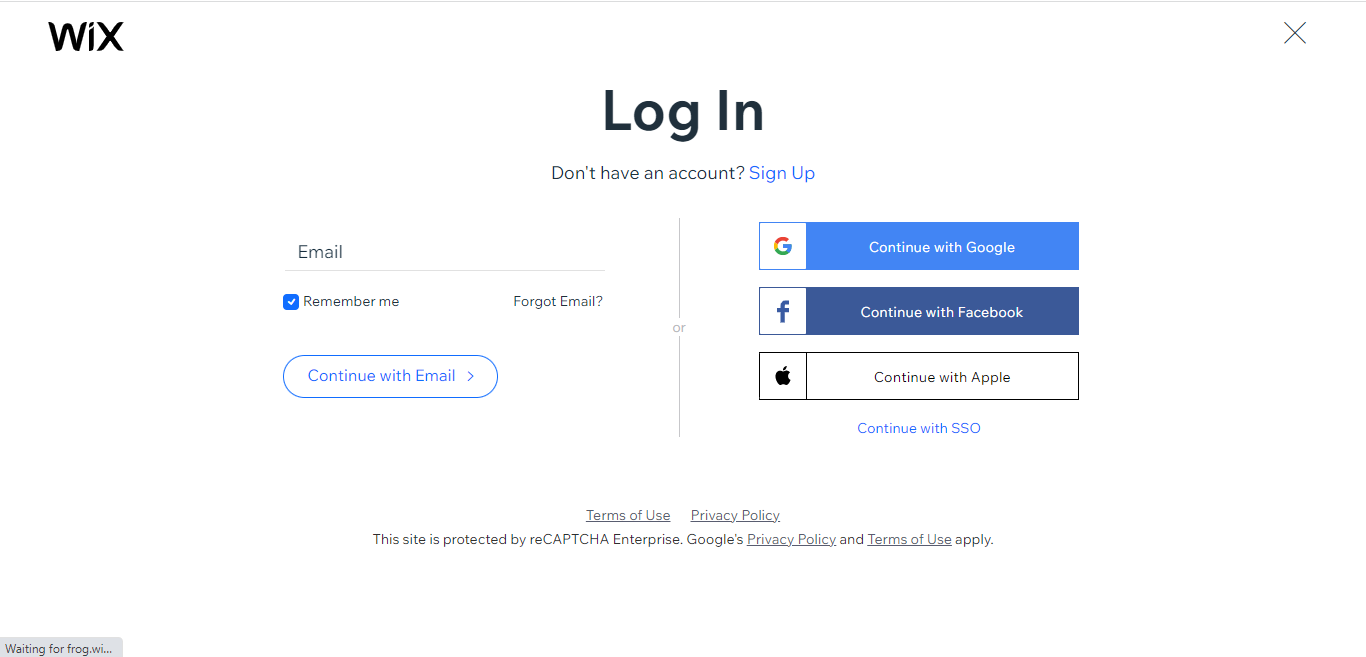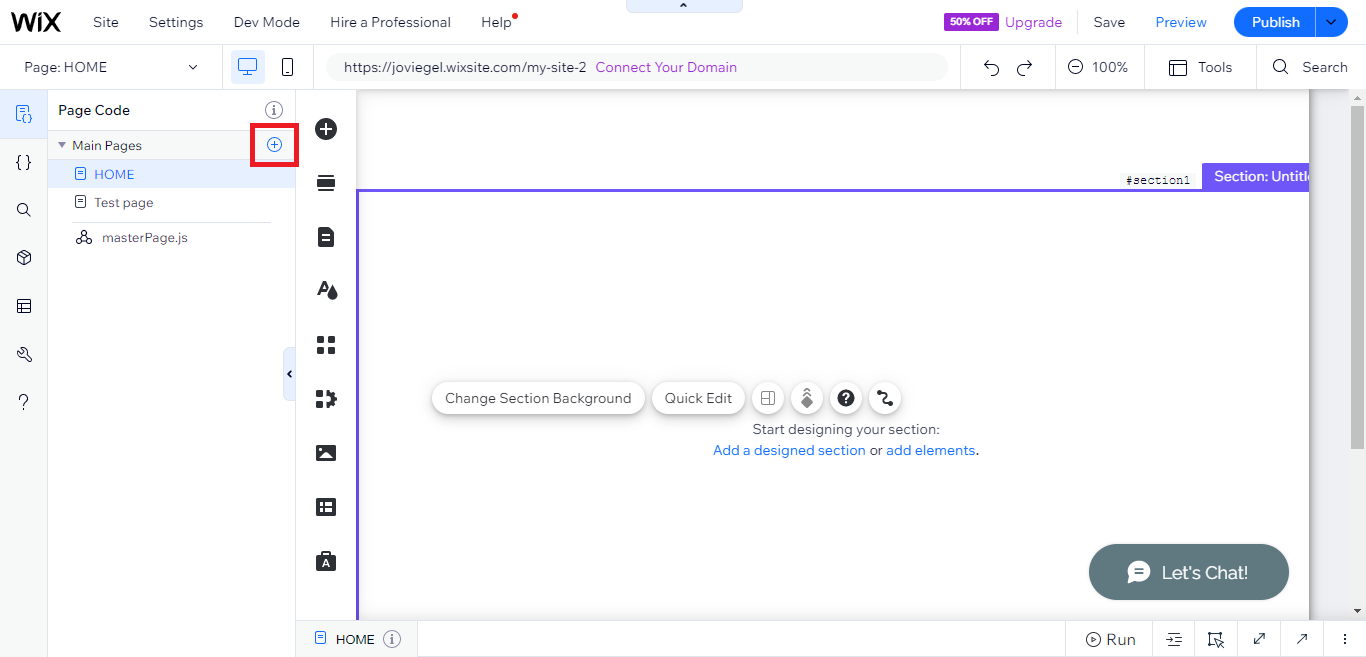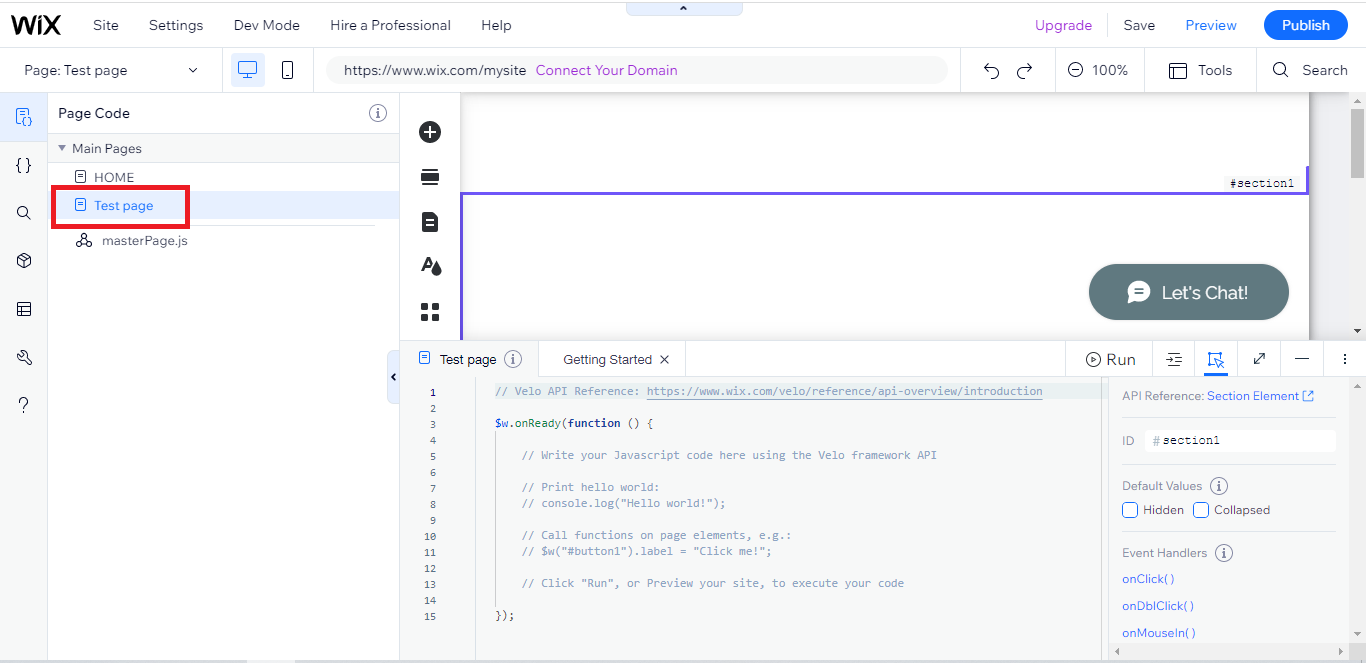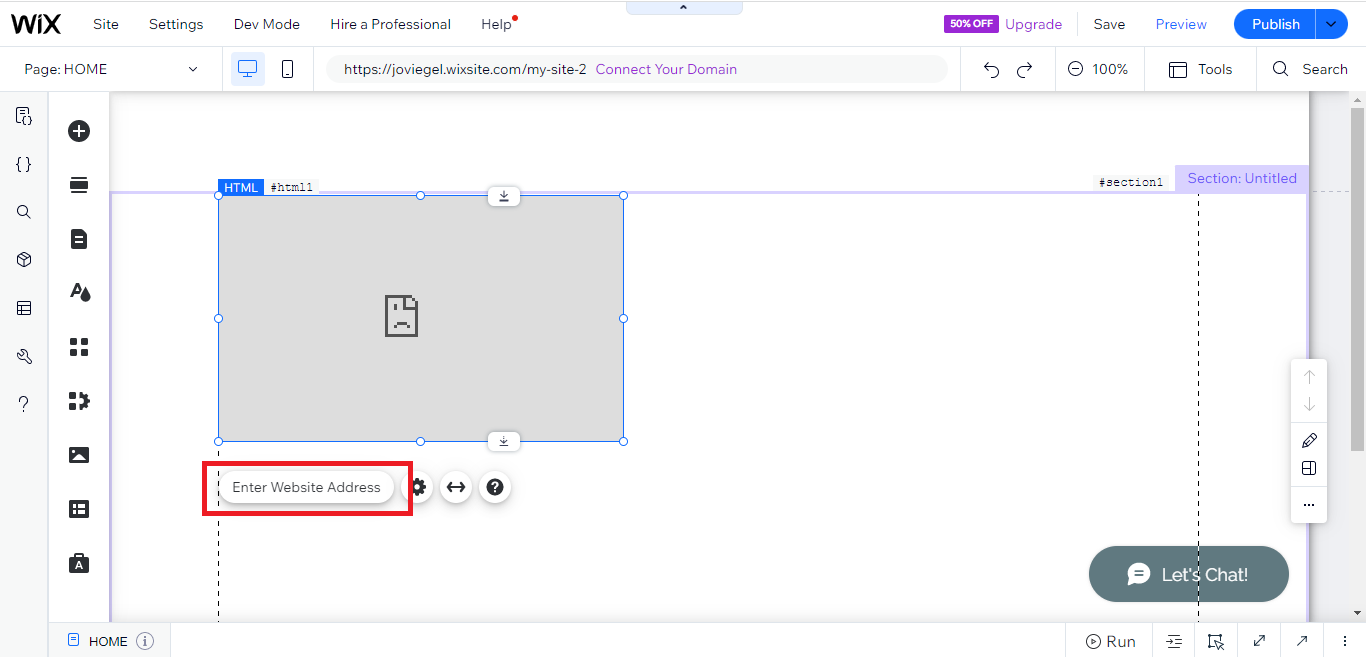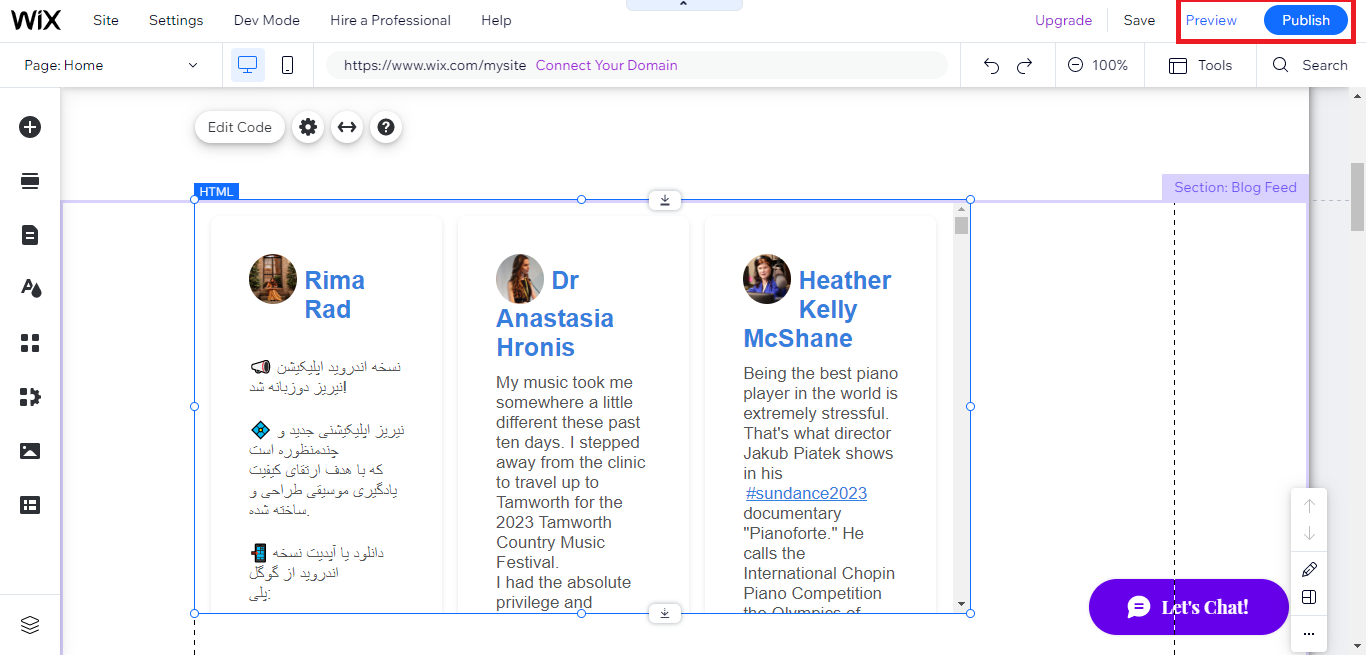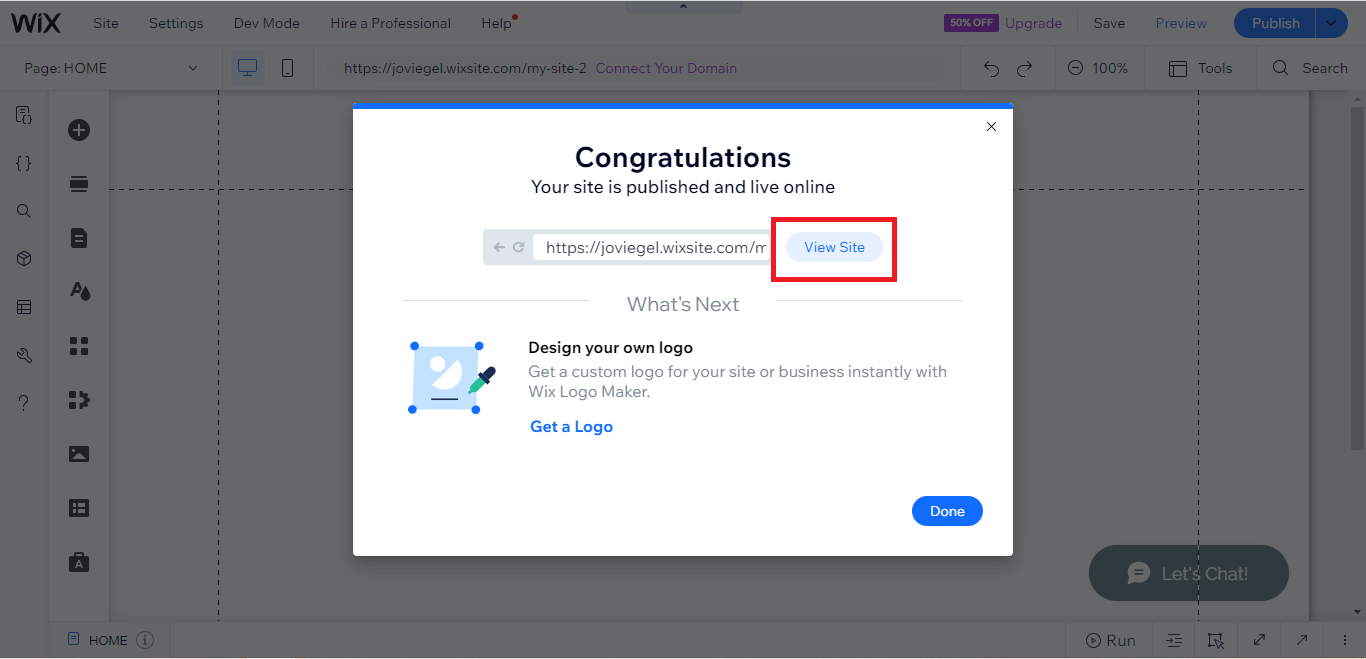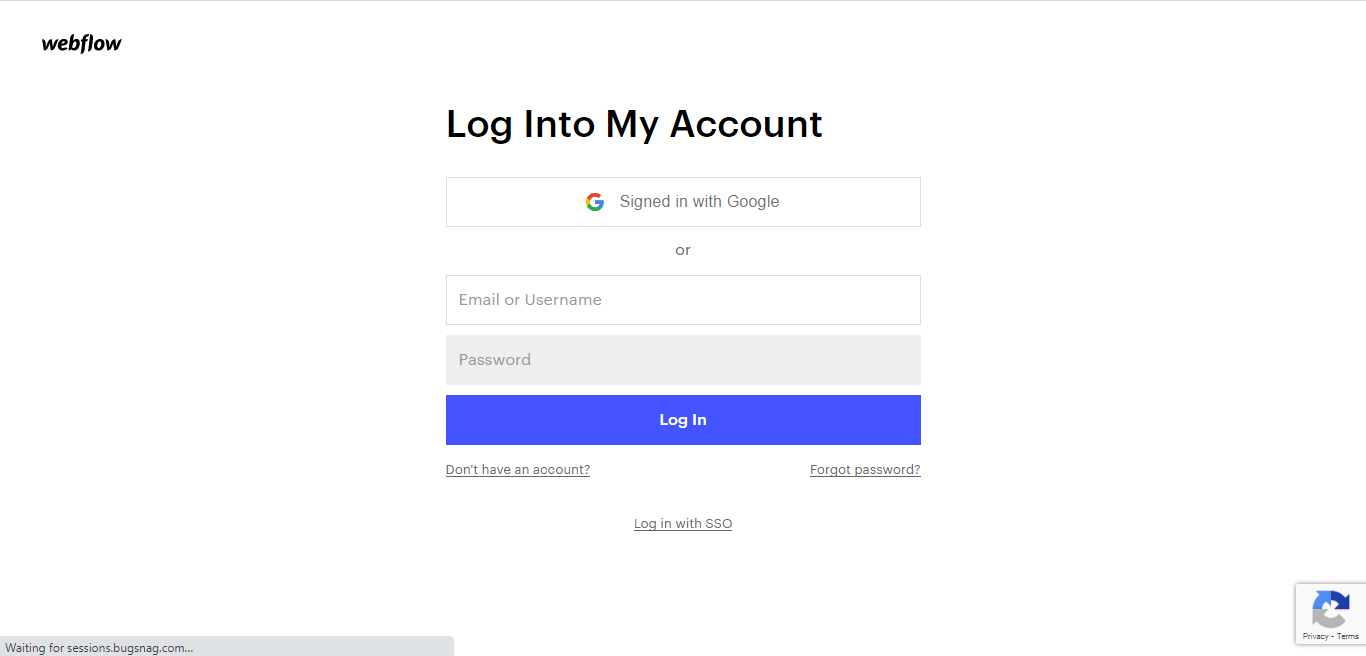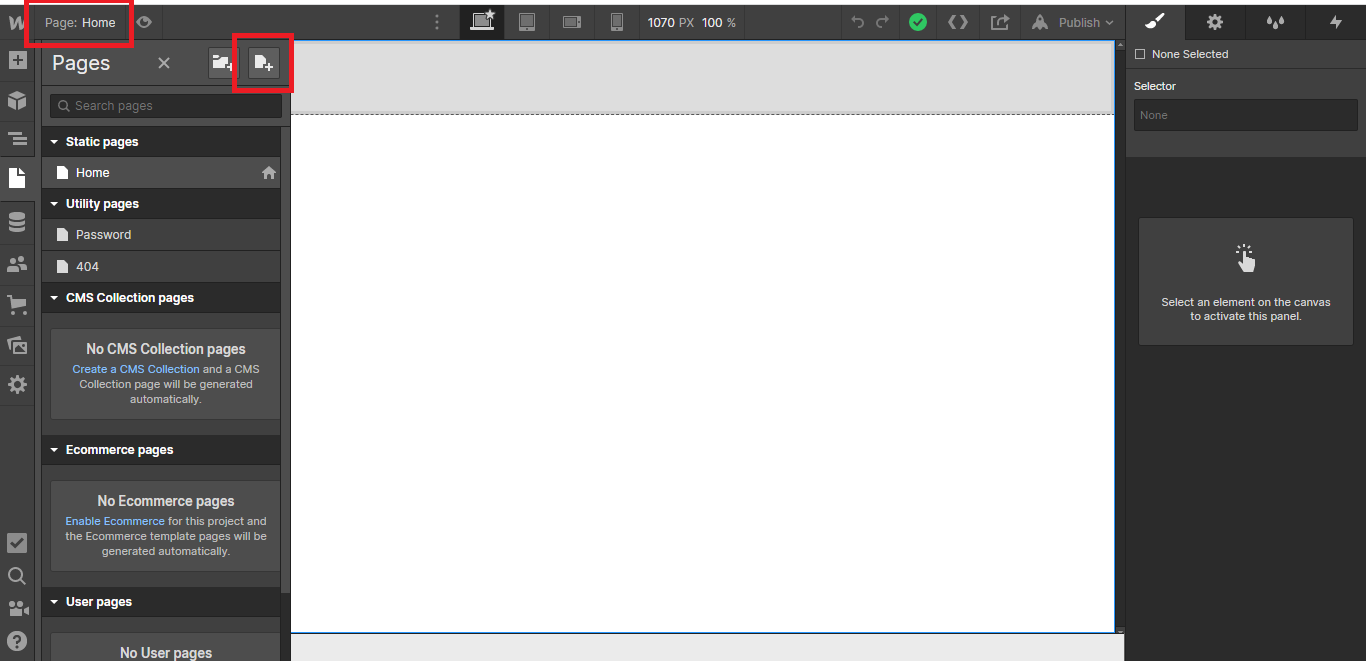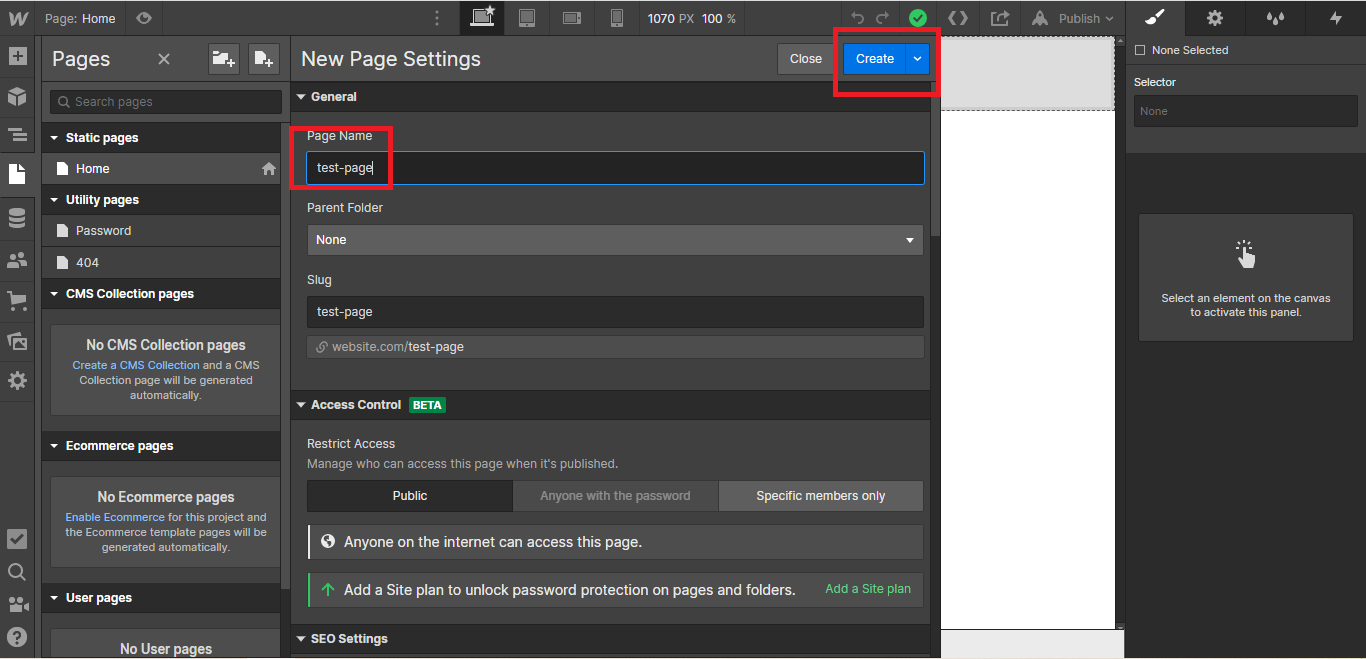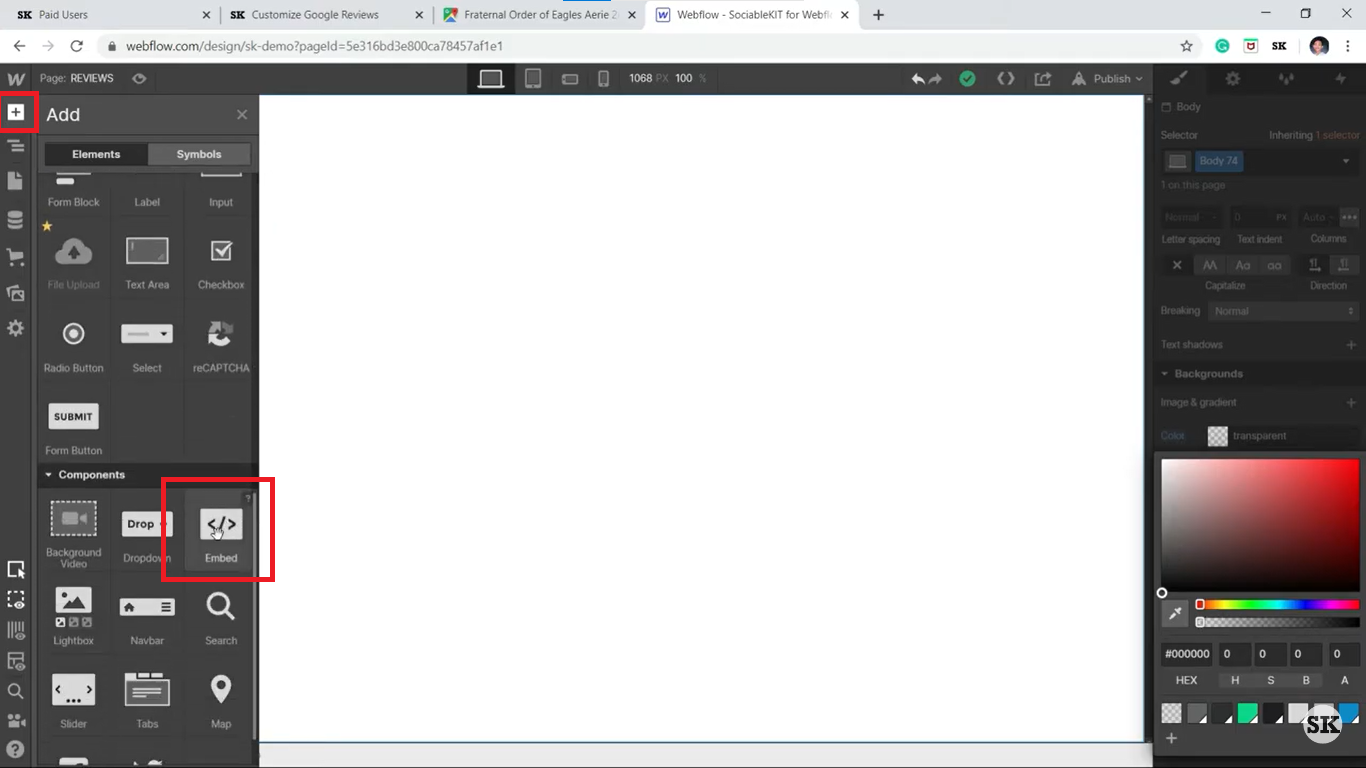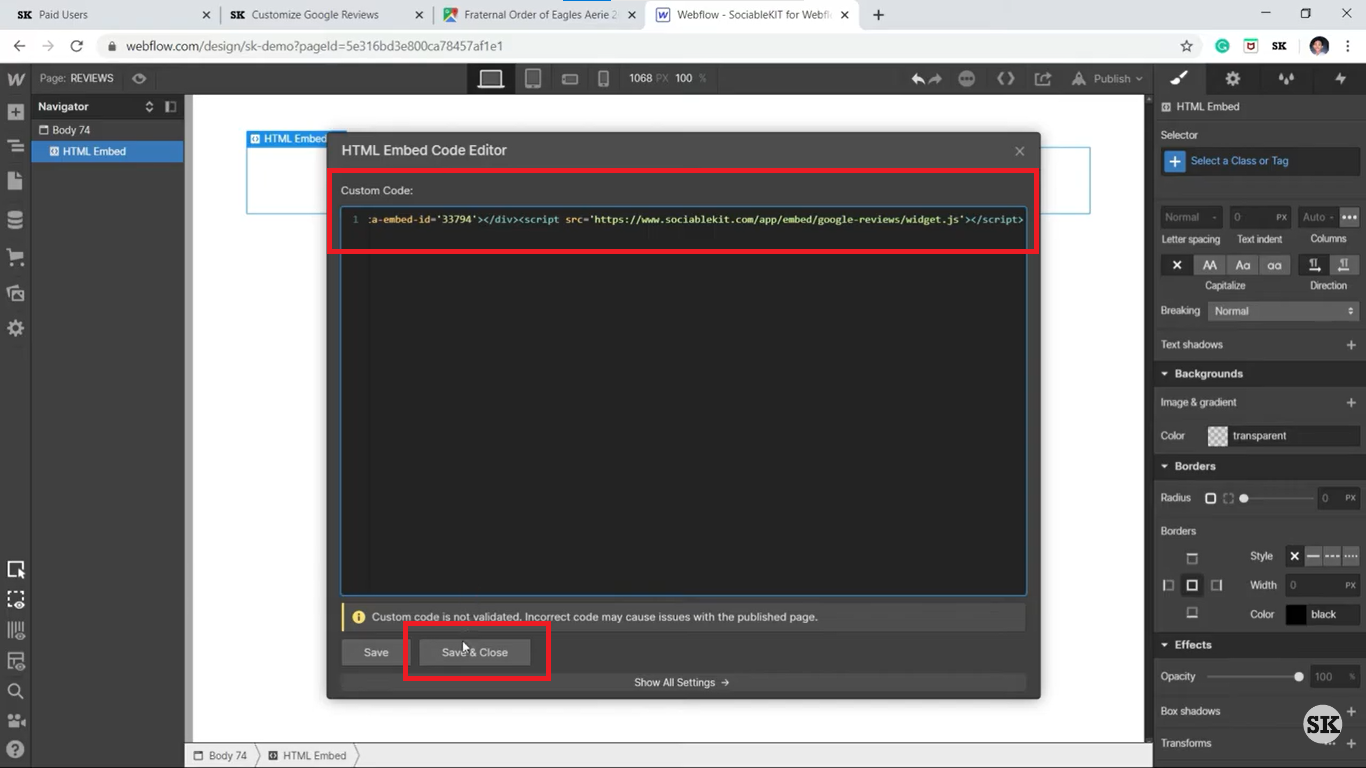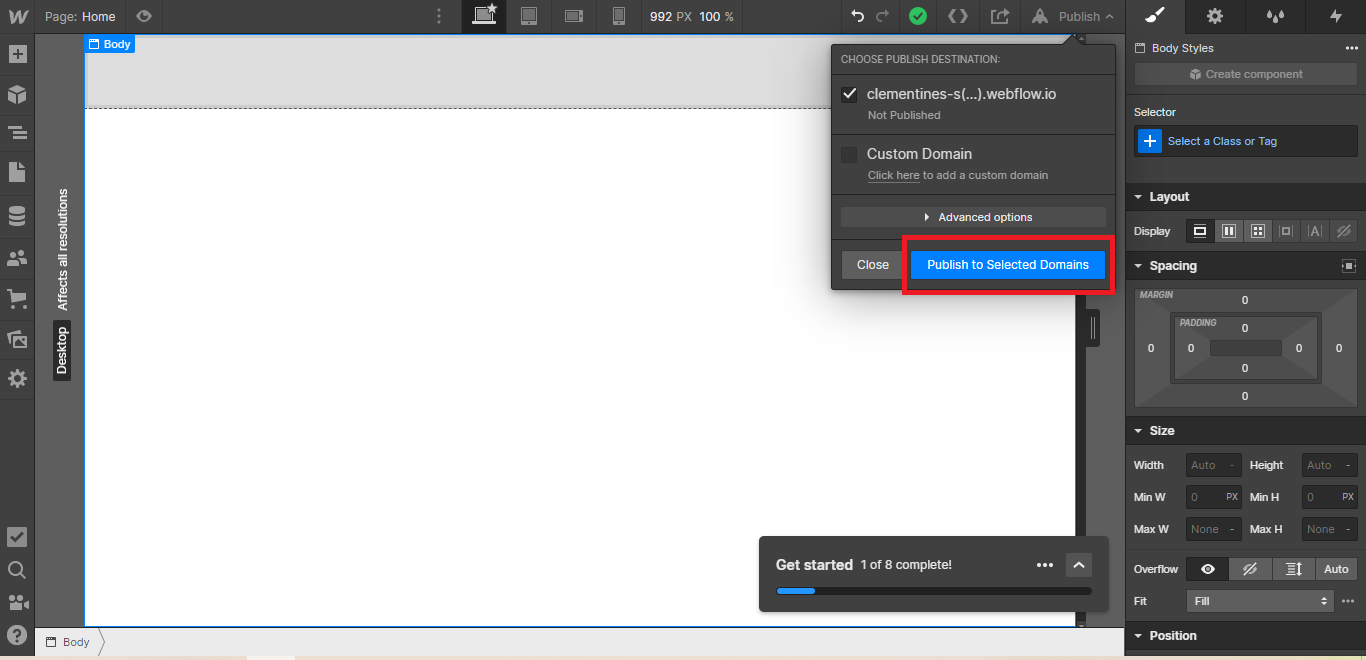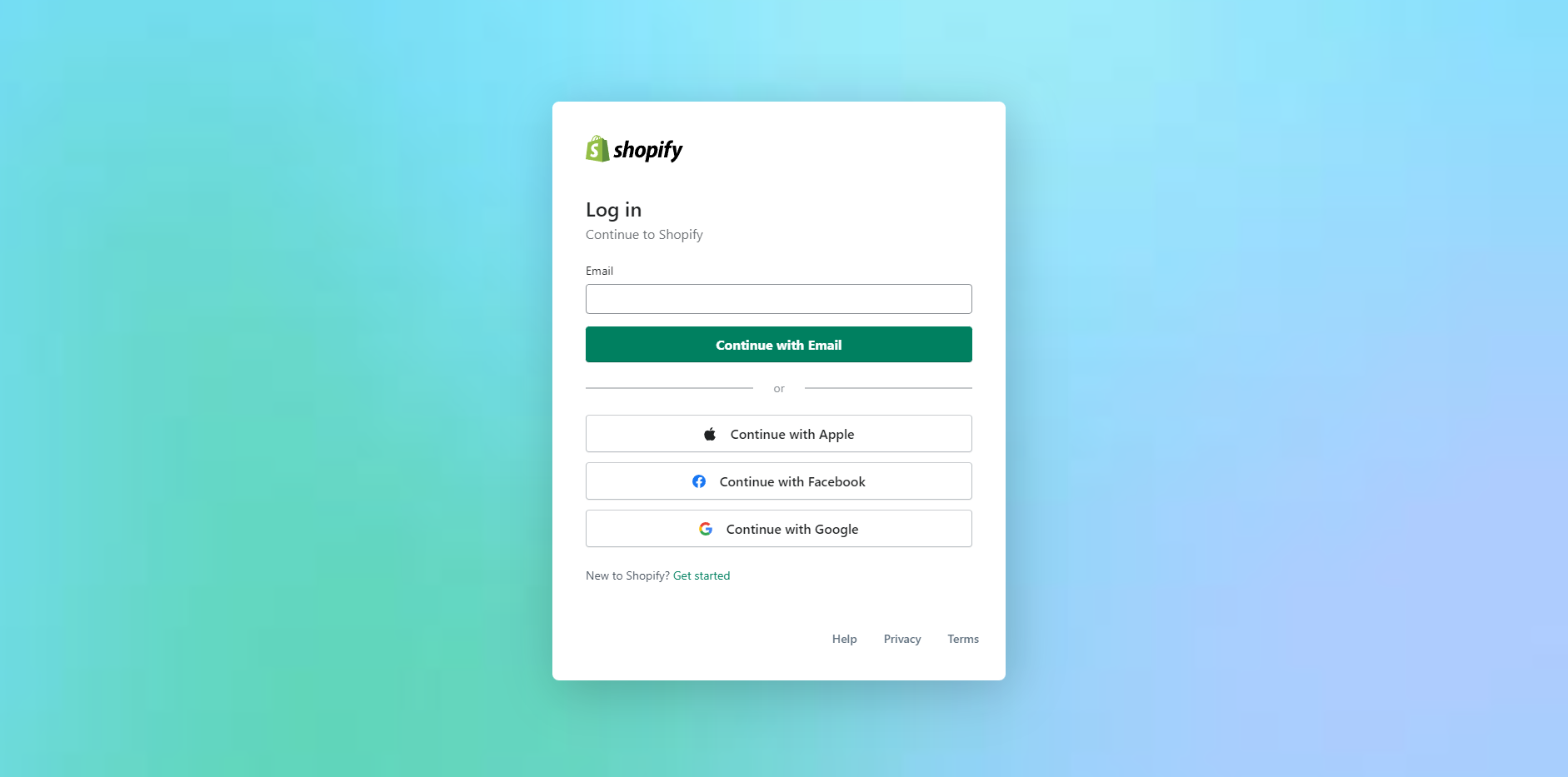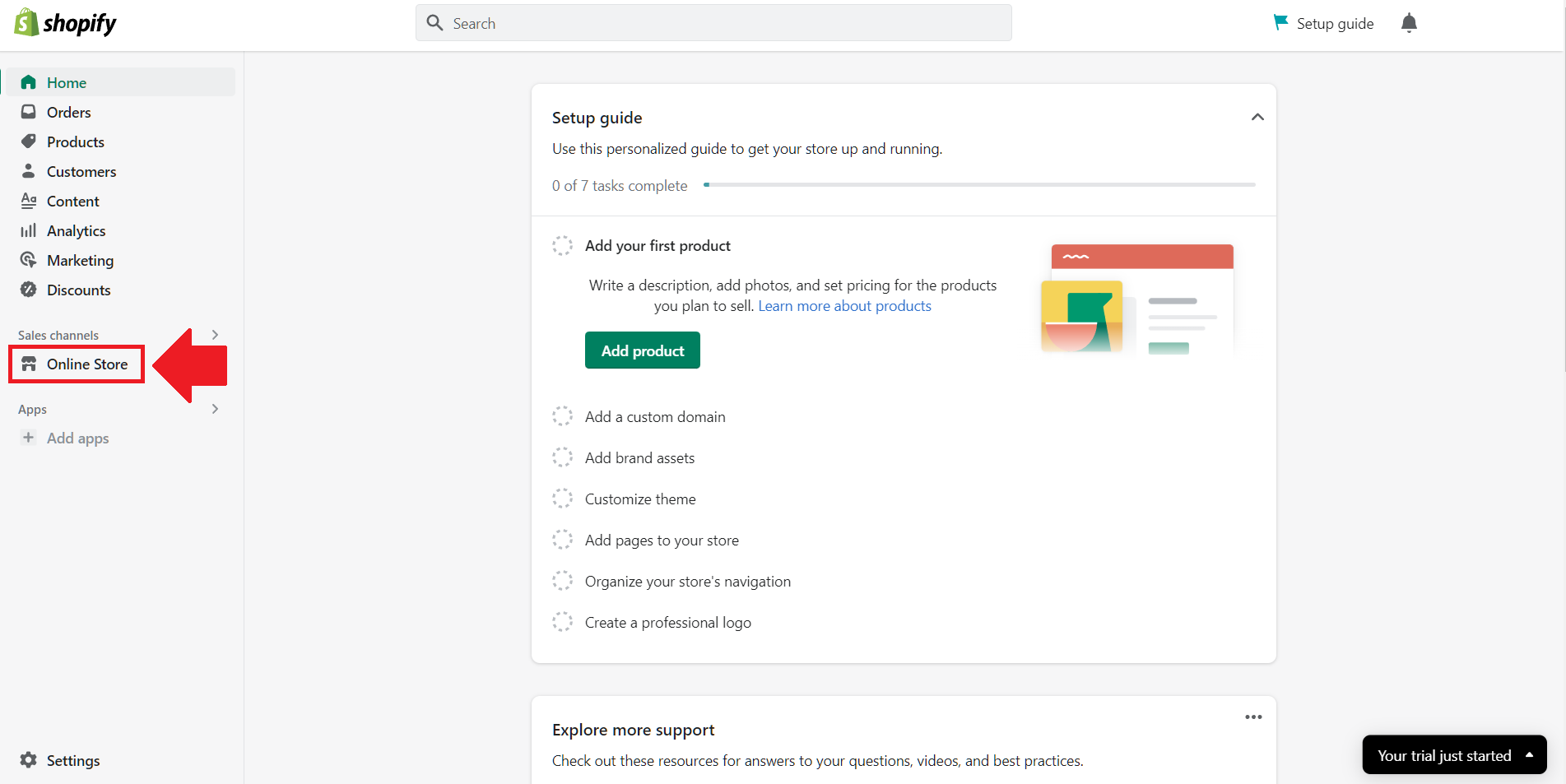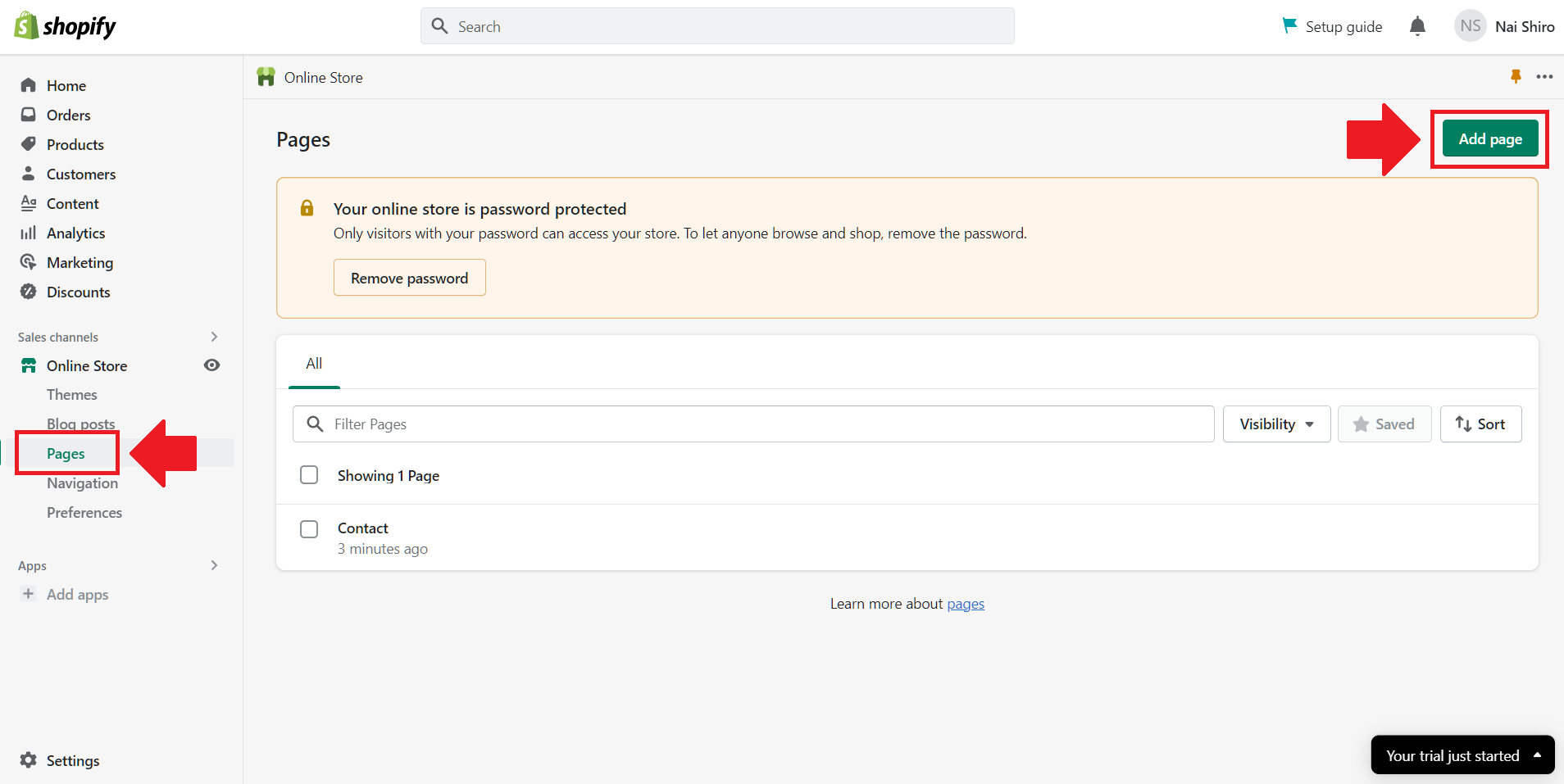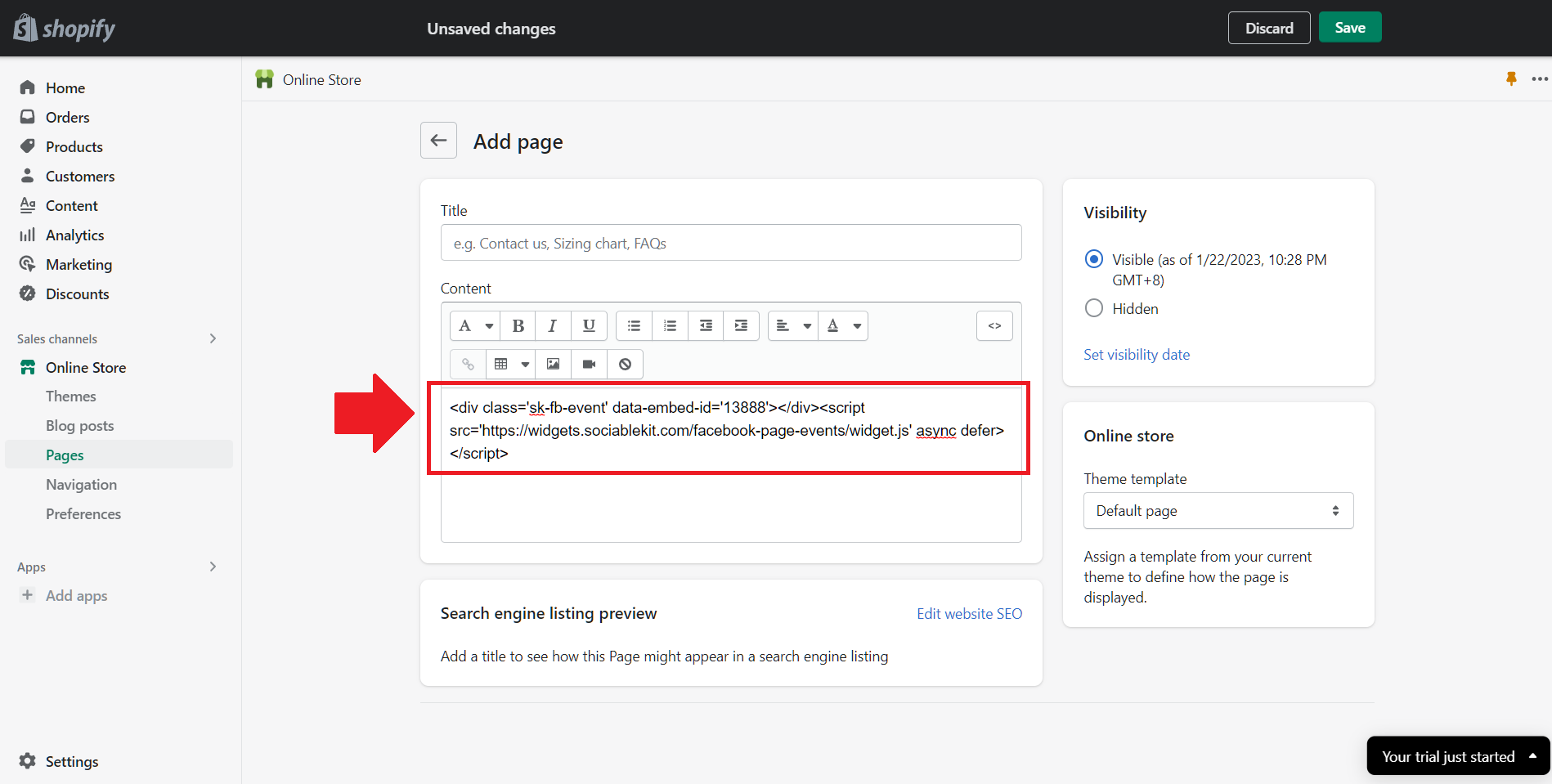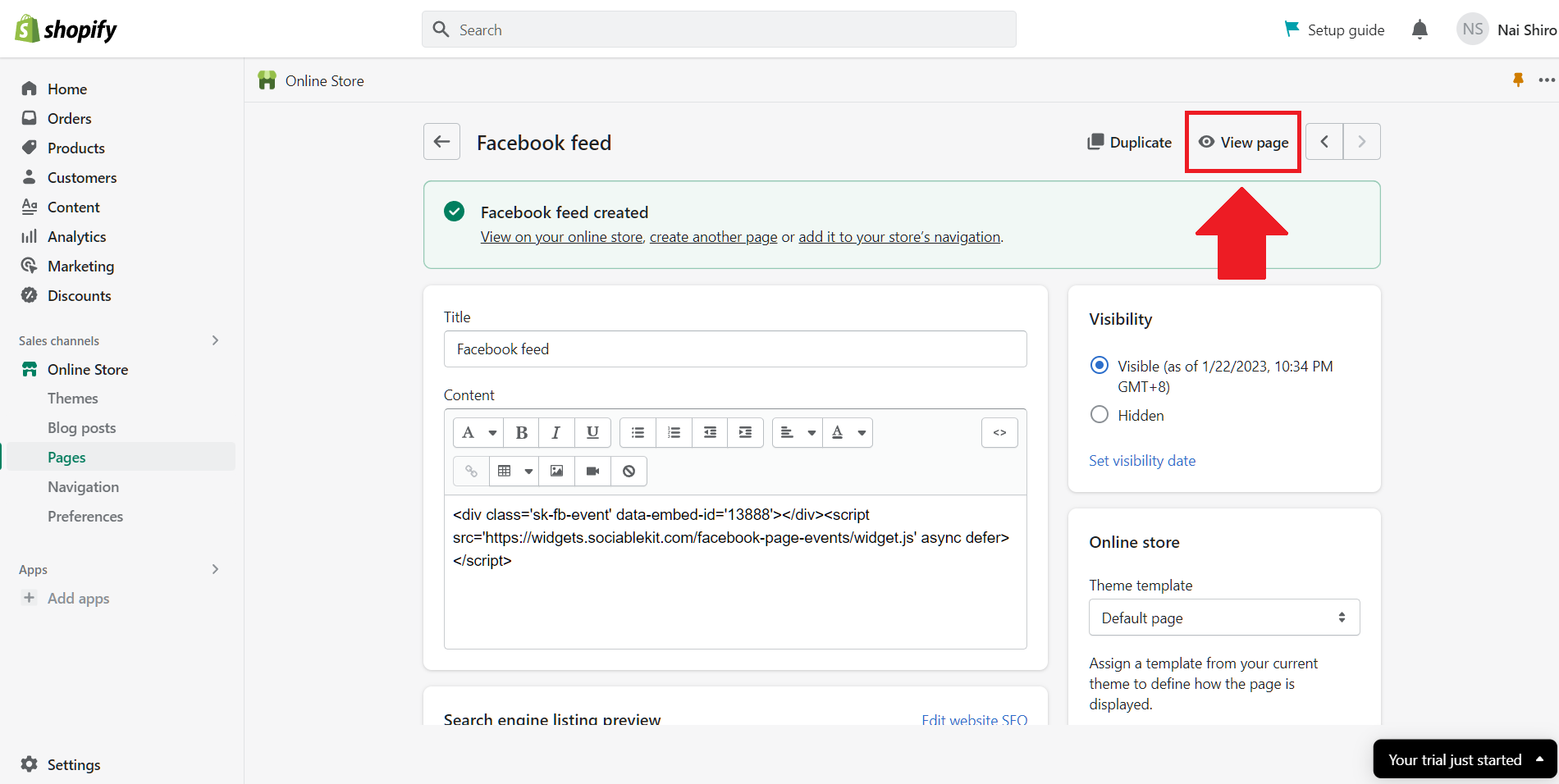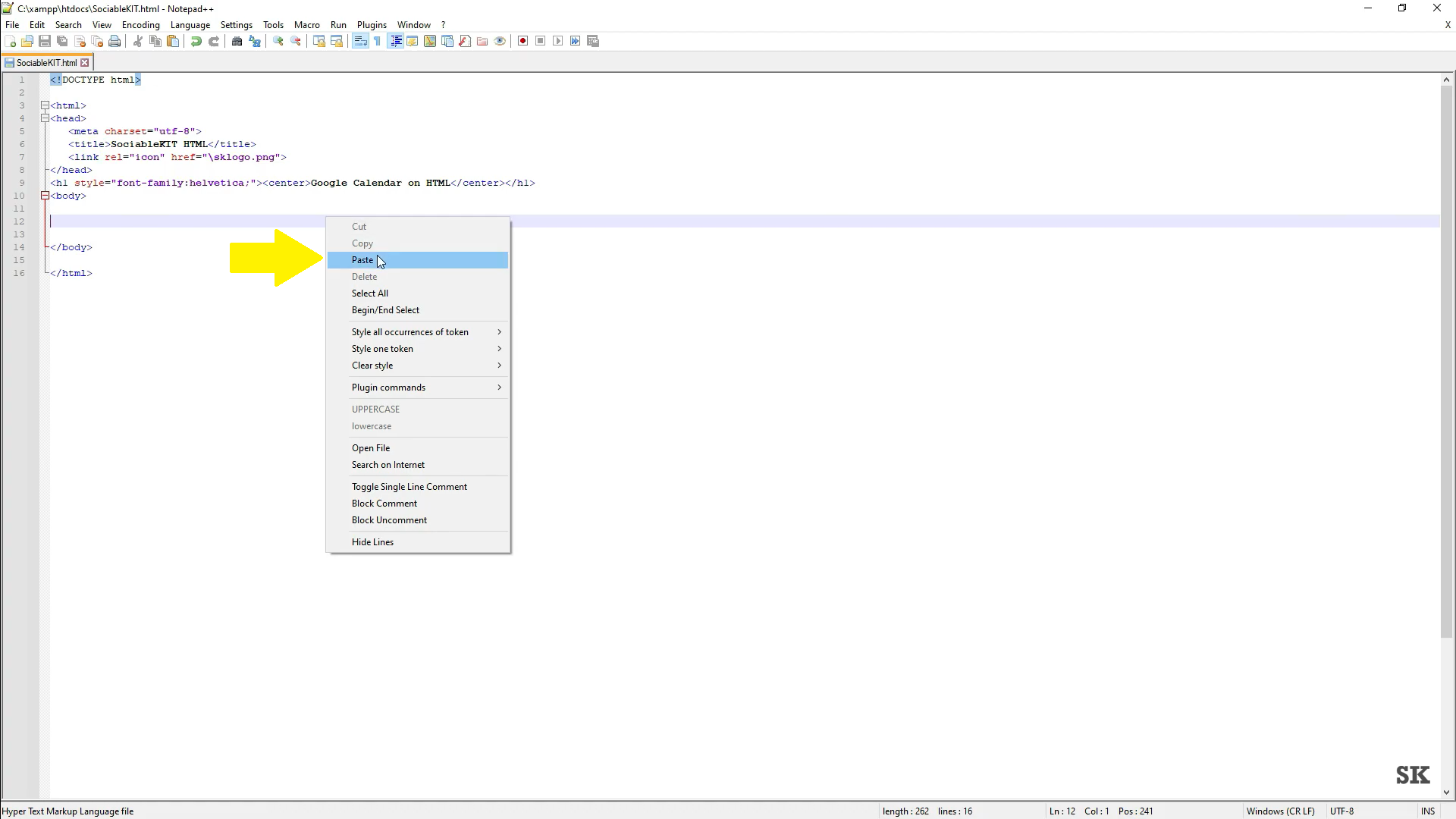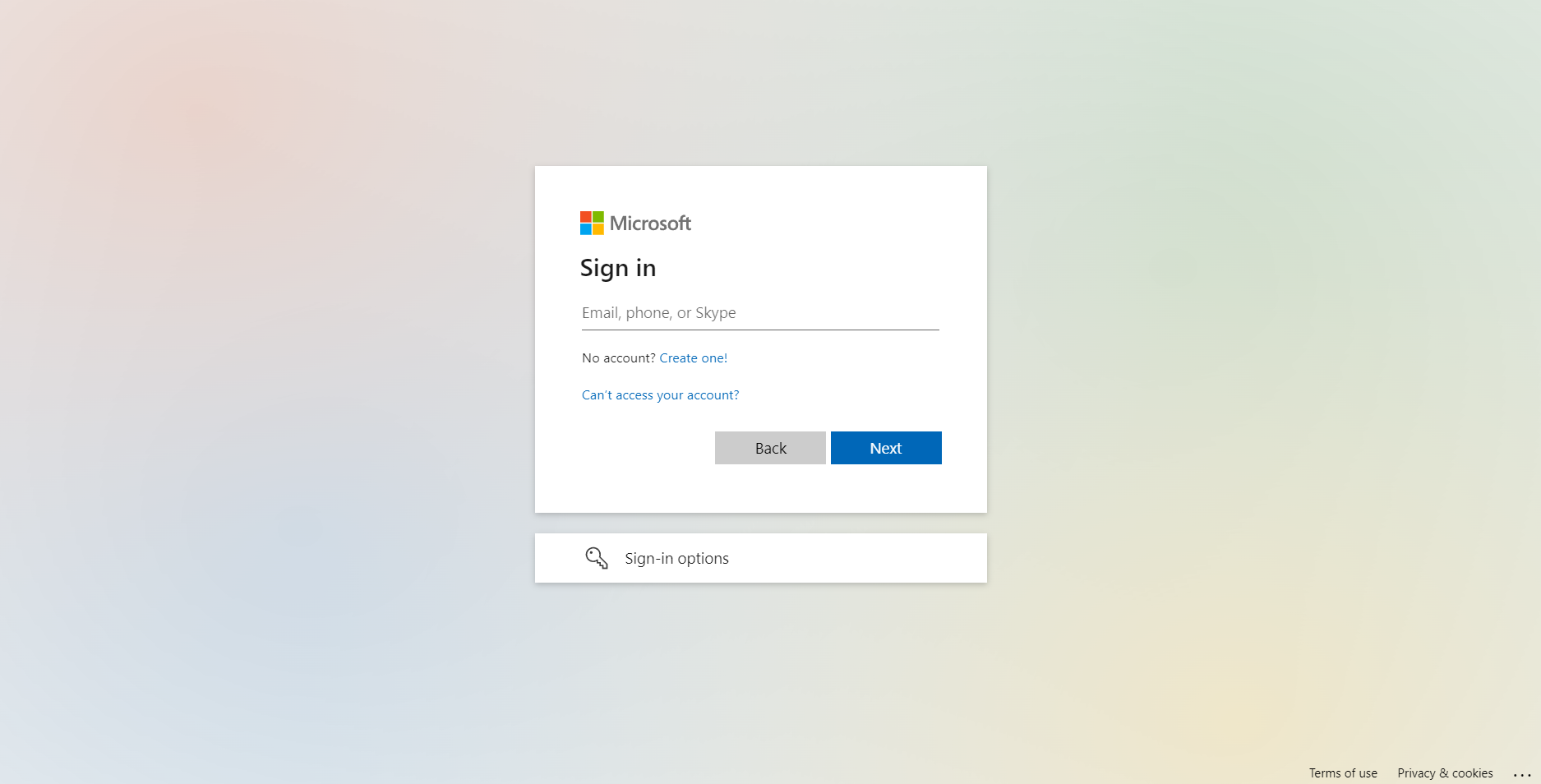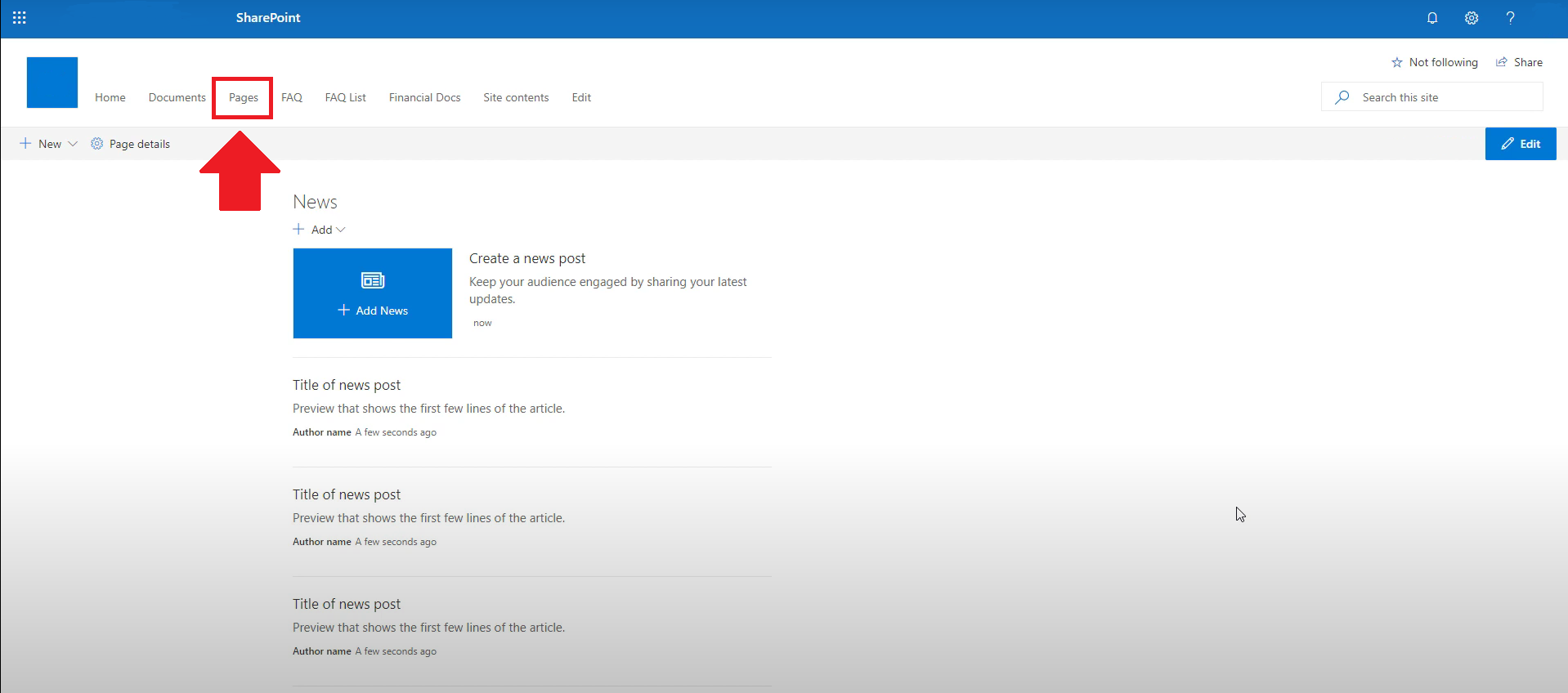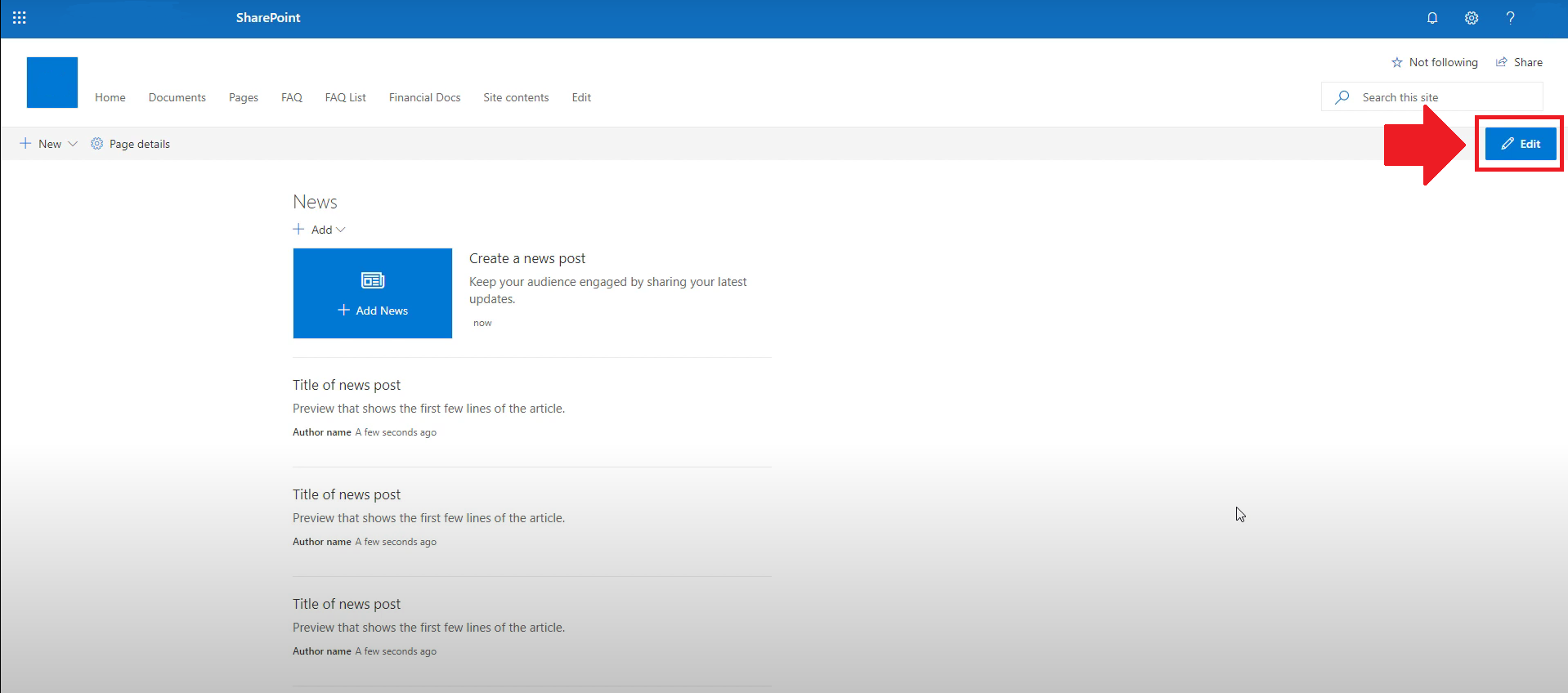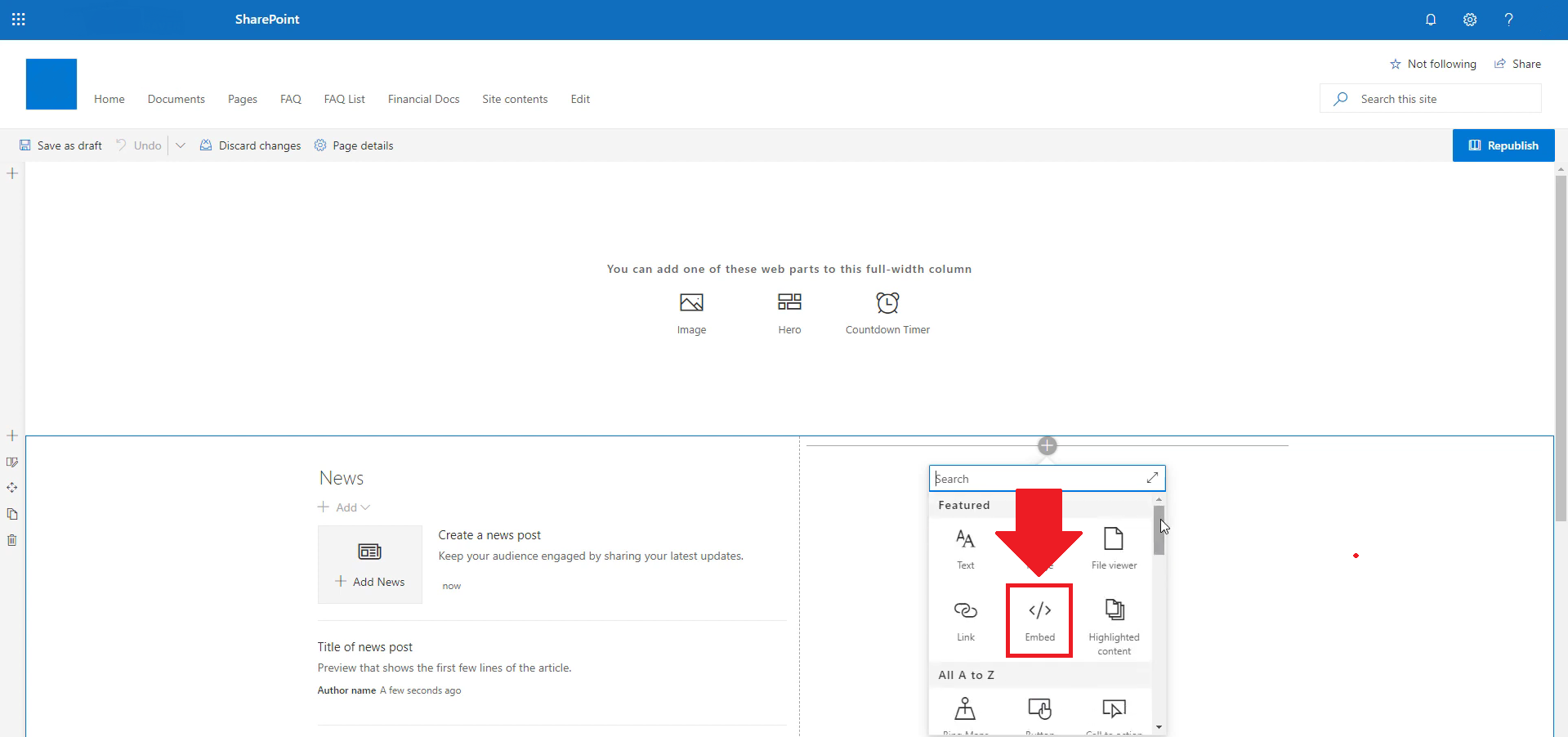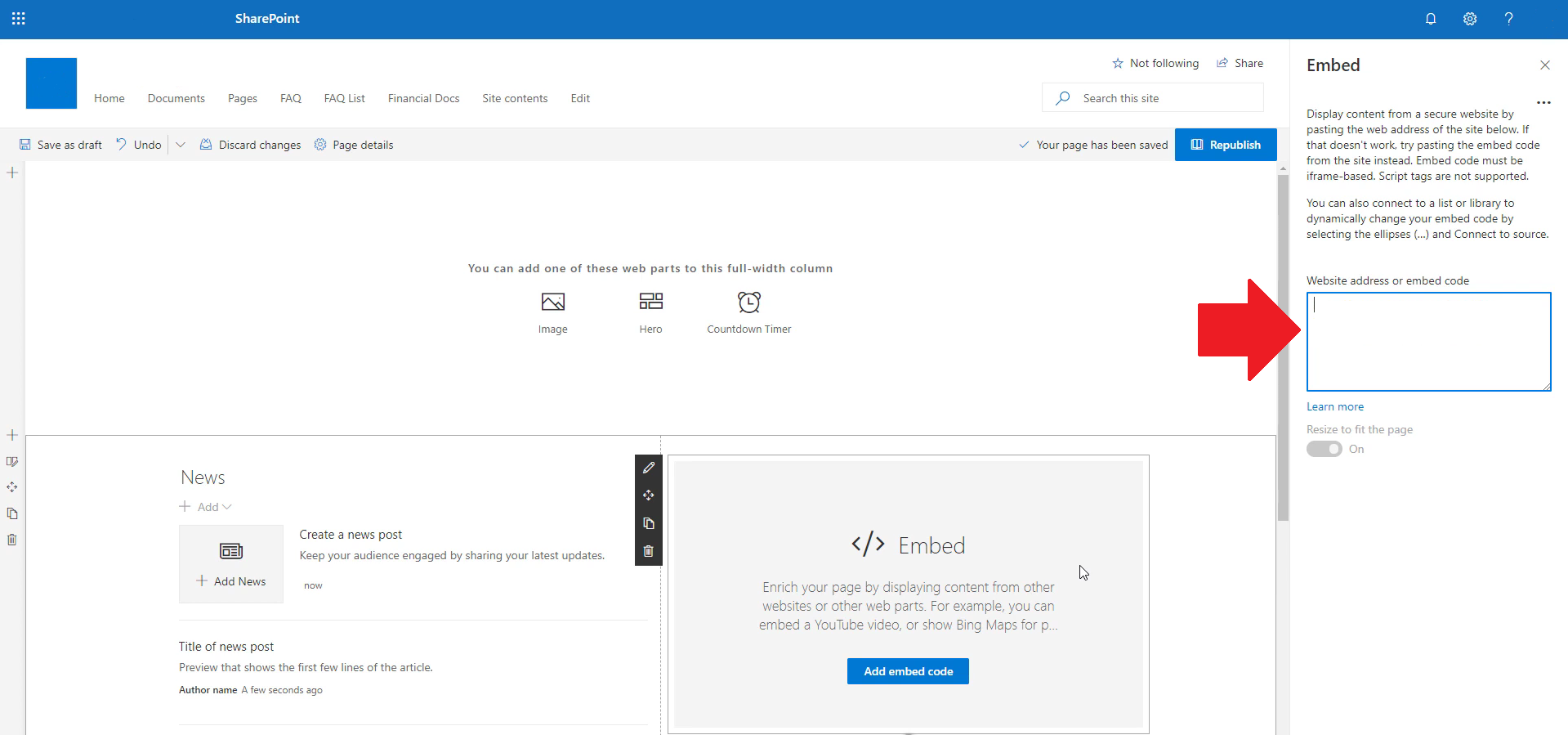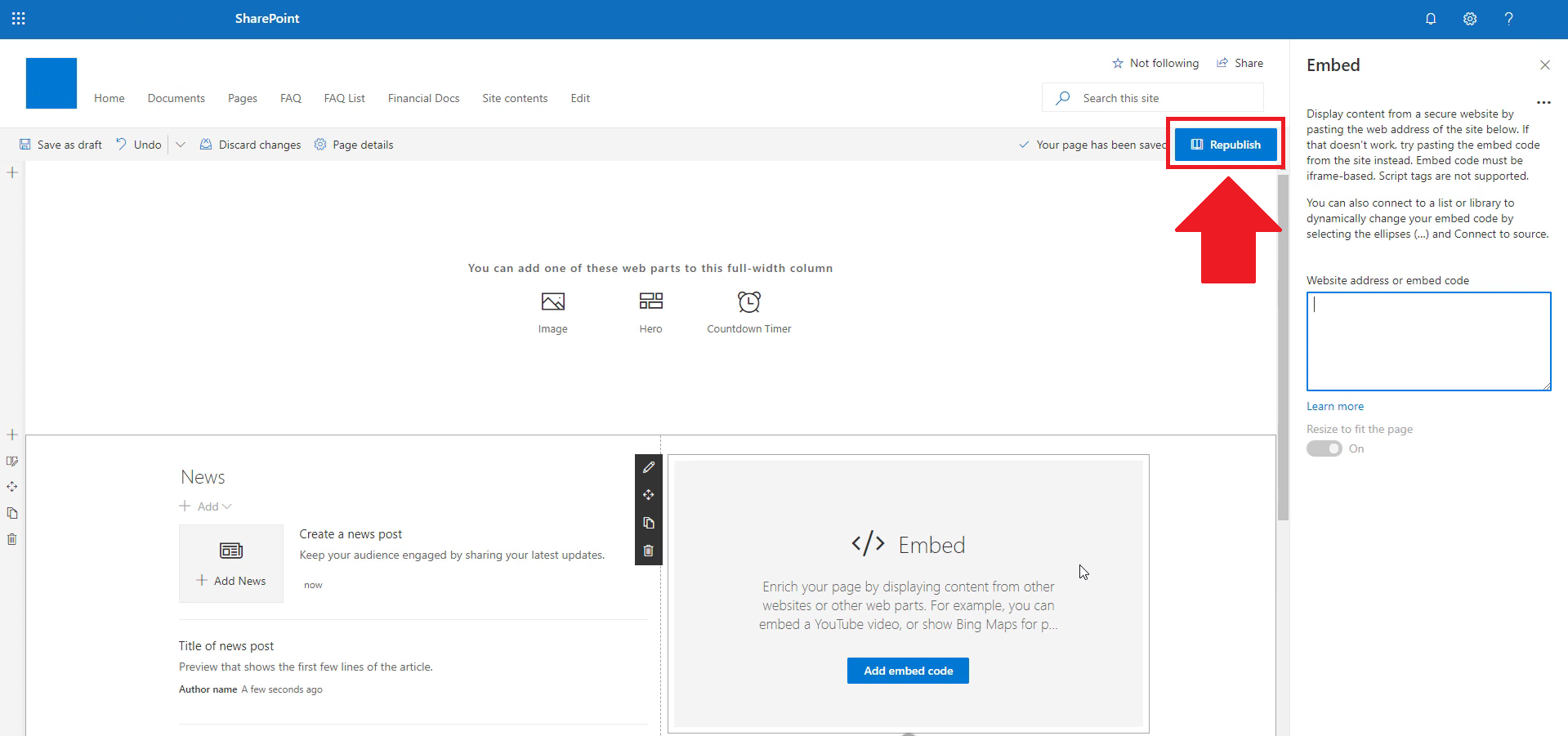- Create your Medium blog widget here.
- Customize your Medium blog widget.
- Copy the Medium blog widget embed code.
- Login to your website admin panel and create or edit a page.
- Paste the embed code where you want the Medium blog widget to appear.
- Save and view your page. Done!
That's easy! Embedding Medium blog widget on your website will take only 2 minutes. If you need a more detailed guide, scroll down to follow our complete guide or watch our video guide.
Looking to purchase our premium features? Please check the details on our pricing page here.
Create and customize your Medium blog widget
The first part is creating your Medium blog widget using the SociableKIT dashboard. Customize the look and feel to match your brand. Follow the steps below.
-
Sign up FREE or login to SociableKIT. You can login here if you already have an account. Once you sign up, you will start your 7-day premium trial. After 7 days, you can activate the free plan if you don't need our premium features.

- Paste the embed code and save your website page. Please follow the second part below to add Medium blog widget to your website.
Enter your Medium ID.
Add Medium blog widget to your website
The second part is adding your Medium blog widget to your website. After you customize your Medium blog widget and copied the embed code, it is time to add it to your website. Follow the steps below.
- Copy your free Medium blog widget embed code. Make sure you followed the first part above. It detailed how to you can create and customize your widget to get your free embed code.
- Create a new web page or edit your existing web page where you want the widget to appear.

- Open your webpage. You might use a code editor, a rich text editor, or a code block.
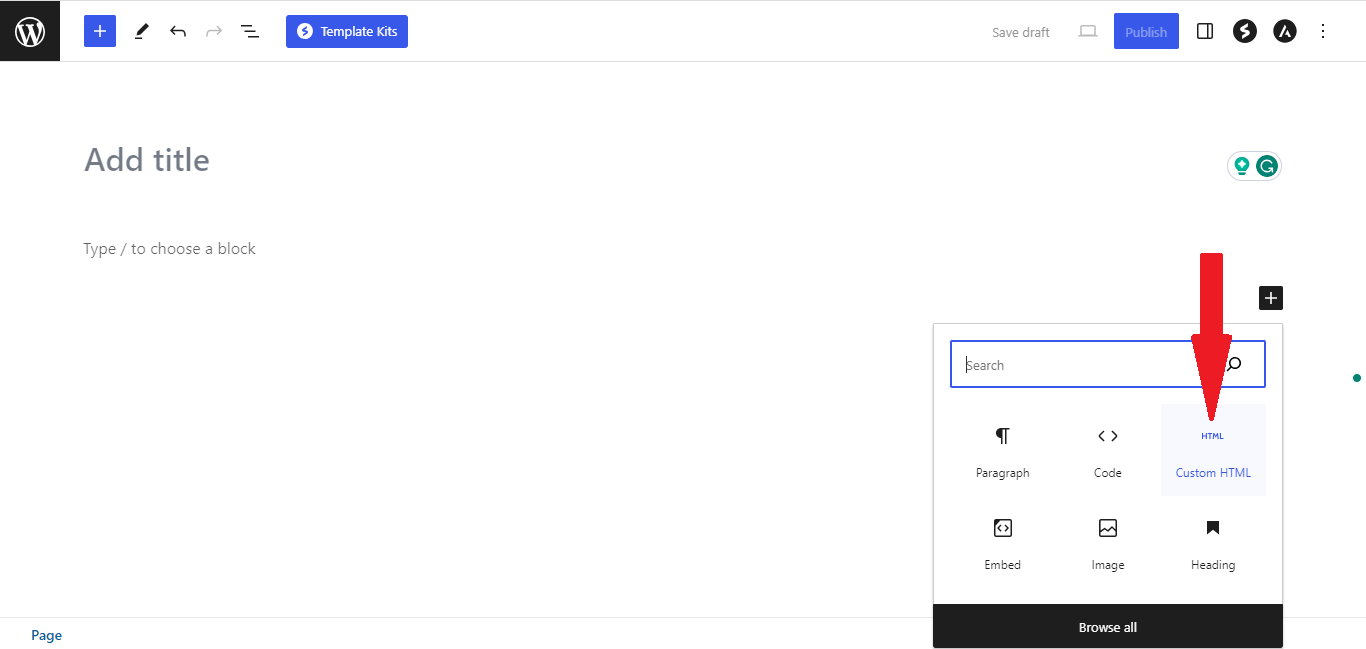
- Paste the embed code you copied from SociableKIT earlier.
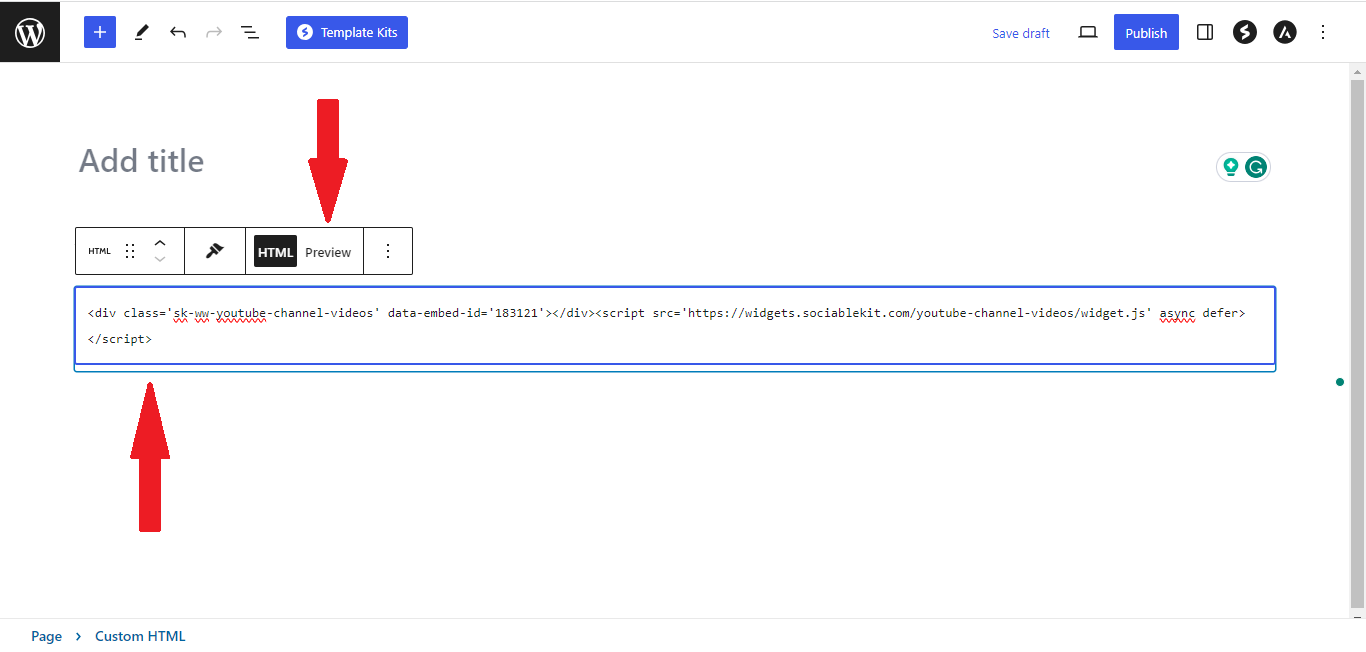
- Save and publish your web page.

- View your web page with the widget. Done!

"An amazing set of plug-in solutions for a large number of social media web site integrations. I would lie if I said I've tried them all, but the ones I'm using are just stellar. The support is also superb. Not only are they helping you with all the little problems you might encounter, but they also listen to requests for new features. Requested features are then - more often than not - swiftly implemented. I wish all companies had support like theirs. I really can't recommend Sociablekit enough! 👍"

Johnny Strömbäck

"Amazing customer service! I really love how quick the widget works. It looks beautiful! Glad I was able to find it."

Christa Stephens

"I have to hand it to a company that goes above and beyond with their customer service... your team is a notch above anything I've experienced. Great software, great support - what else can you ask for?"

Yannick Picard

"I've been a customer of SociableKit since their beginning. Their unique products are second to none. Their customer service is top notch- prompt, courteous, and knowledgeable. I highly recommend them!"

Jen Gray

"Great features! Very responsive support, and amazing quick turn around on enhancement request."

Crystal Davis-Gibbs

"It actually works, is very easy to implement, super powerful, looks great, and the price is right."
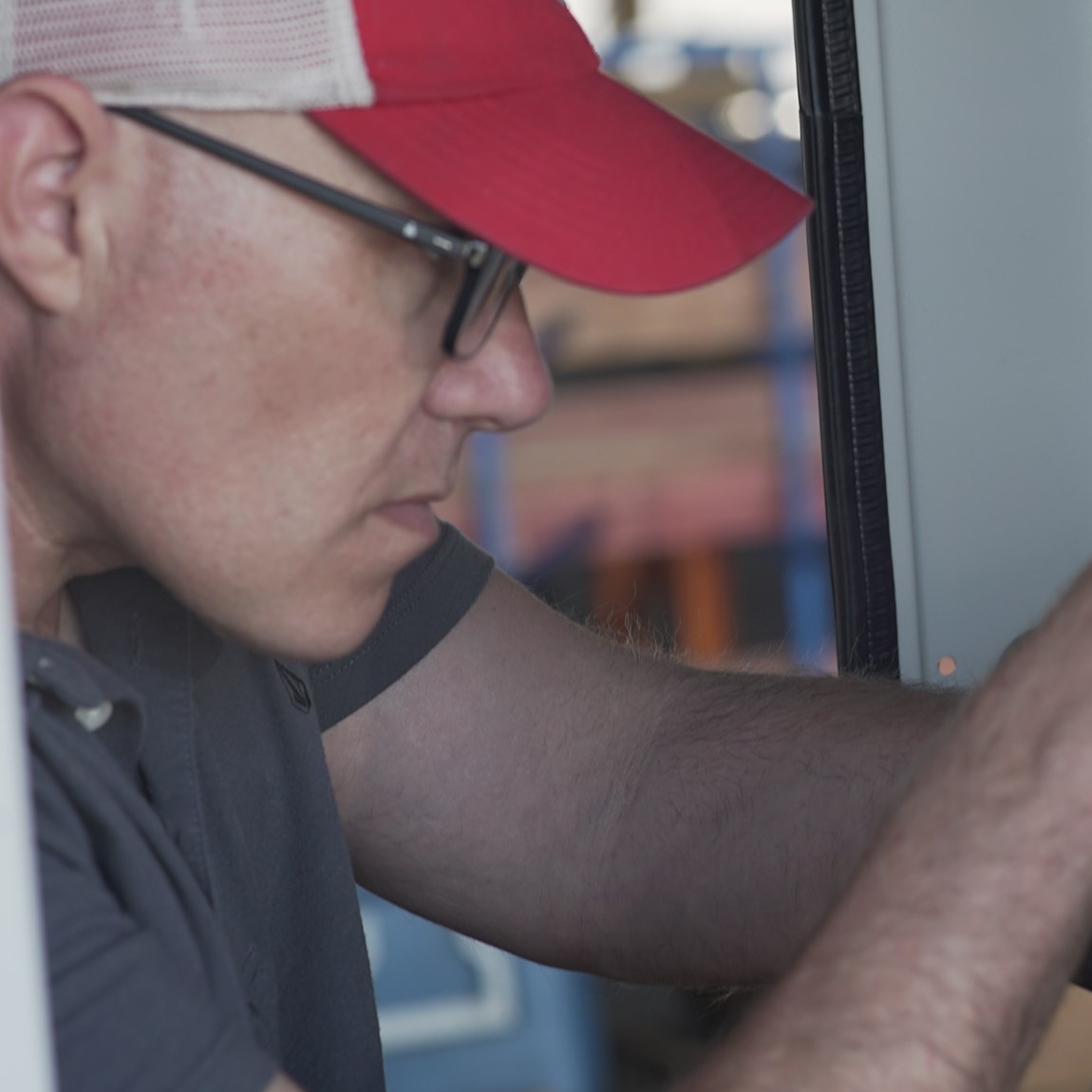
Coby Gifford

"This was a great way to easily embed Google Reviews into my client's Wix site. I had trouble at first because the business has no physical address listed, but the support team helped me out and everything is running smoothly so far. I recommend!"

Kristen Williams

"Super easy to set up and integrated seamlessly with my website."

Katie Rodgers

"A fantastic set of plugins that truly helps navigate the ever changing world of social media and keeping our various platforms connected. The support team is fantastic and they have really been responsive to our needs."

Village of Bensenville
Let's go through each statistic and explain how SociableKIT and the Medium Blog widget can benefit creators and website owners.
1. Medium has over 170 million monthly active users:
This statistic showcases the tremendous potential of reaching a large audience when you publish your blog posts on Medium. Utilizing the Medium Blog widget, you can tap into this massive user base and expose your content to a wide range of readers.
2. Medium articles are read for an average of 7 minutes each:
Compared to other platforms, Medium articles tend to have longer reading times. This signifies that users on Medium are more engaged and willing to spend time-consuming in-depth content.
By integrating the Medium Blog widget into your website, you can provide your visitors with high-quality, engaging articles that will likely keep them on your site for longer periods, increasing their overall engagement.
3. Medium articles are shared on social media over 1 million times daily:
Your blog posts' potential to go viral on social media is significant when you publish them on Medium. Medium Blog widget lets you easily embed your Medium blog posts onto your website, allowing visitors to share your content directly.
This increases the chances of your articles being shared across various social media platforms, leading to greater visibility and exposure for your brand.
4. Medium offers a variety of tools and features to improve writing and reach a wider audience:
Medium provides a range of valuable tools such as a plagiarism checker, style guide, and distribution network. These tools can enhance your writing and help you reach a broader audience.
By utilizing the Medium Blog widget, you can harness the power of these tools while seamlessly integrating your Medium blog posts into your website.
5. Medium posts receive an average of 100,000 views:
By integrating the Medium Blog feed, into your website, you can tap into the vast potential of reaching a large audience. With an average of 100,000 views per post on Medium, your content has the opportunity to be seen by a significant number of people.
This increased visibility can lead to higher engagement and a greater chance of converting visitors into customers or followers.
SociableKIT's Medium Blog widget offers a range of benefits based on the statistics mentioned. It allows you to tap into Medium's extensive user base, increase engagement, drive website traffic, and build relationships with other bloggers and writers.
With its ease of use, customization options, and cost-effectiveness, the Medium Blog widget can be a valuable tool for creators and website owners looking to enhance their online presence and achieve their business goals.
Lerer Hippeau Medium Blog
Lerer Hippeau is a brand that turns big ideas into industry-transforming businesses. They use the SociableKIT Medium Blog widget to promote their partnership through all of the big moments about fundraising, recruiting, marketing, org design, and business strategy on their website.
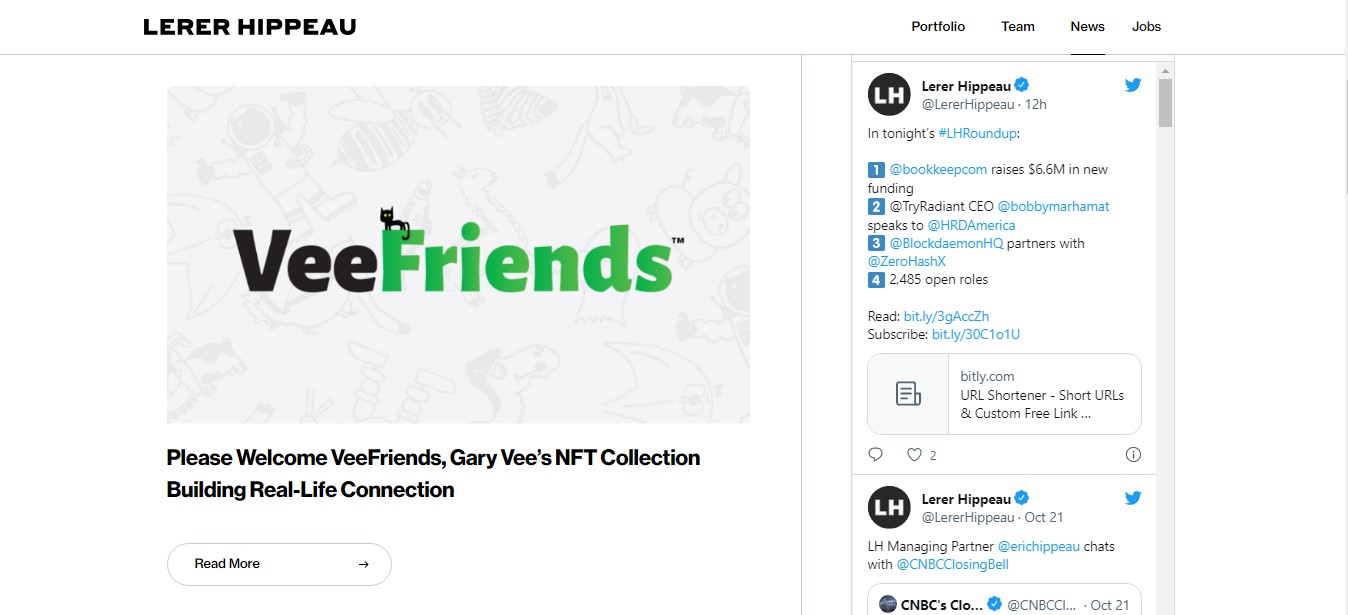
Vertikal Medium Blog
Vertikal is a purpose-built, community-driven metaverse with 115 floors celebrating digital art culture. They use the SociableKIT Medium Blog widget to promote their public spaces, which cover over 60% of the building, and provide different and engaging spaces for public curations, exhibitions, events, concerts, and community parties on their website.
Bloom Trading Medium Blog
Bloom Trading is your nonsense-free online trading community and source for accessible, high-quality trading education. They use the SociableKIT Medium Blog widget to promote their high-quality and accessible educational content on their website.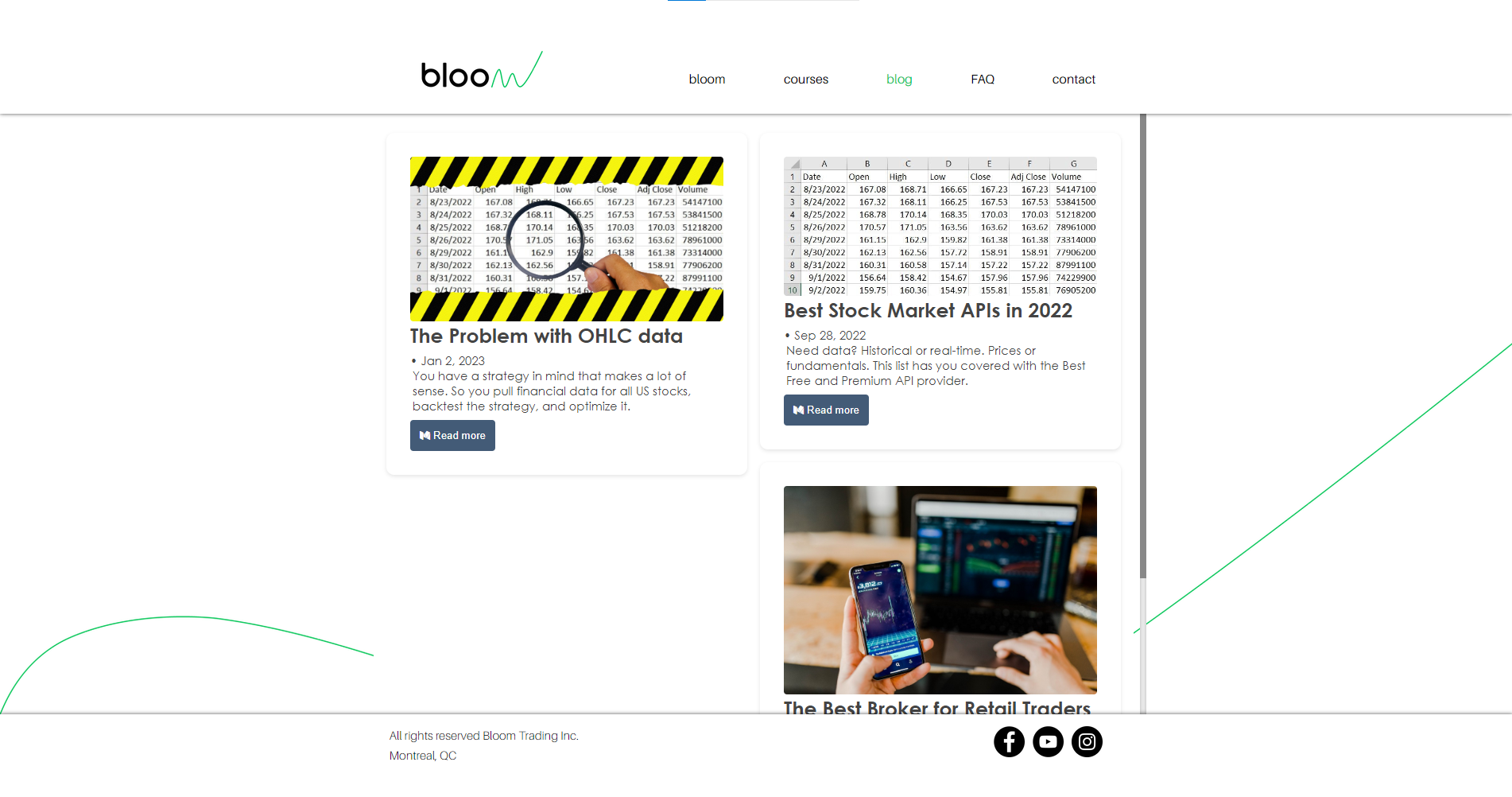
KYCT solution Medium Blog
KYCT solution is an identity solution for Web3. It can be used to identify and prove the ownership of crypto wallet holders and the origin of assets minted using specific wallets. They use the SociableKIT Medium Blog widget to promote their API solution, which is EVM-based, multi-chain, and compatible with all industry-leading digital IDs, on their website.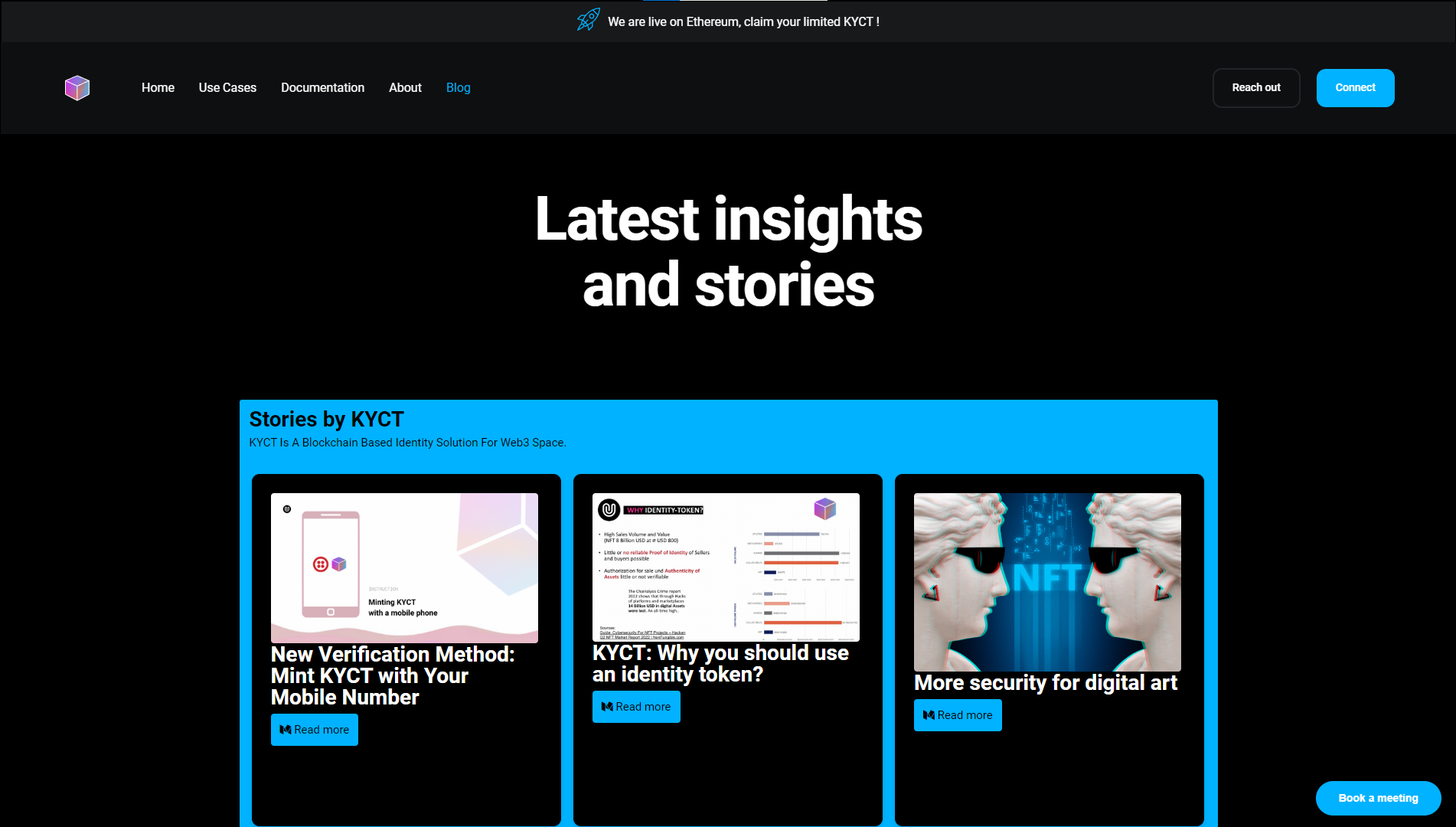
Ill intent Medium Blog
Ill Intent is a brand that is the go-to marketing firm for music artists and entrepreneurs. They use the SociableKIT Medium Blog widget to promote their innovative marketing strategies, such as marketing and branding, event curating, and PR, on their website.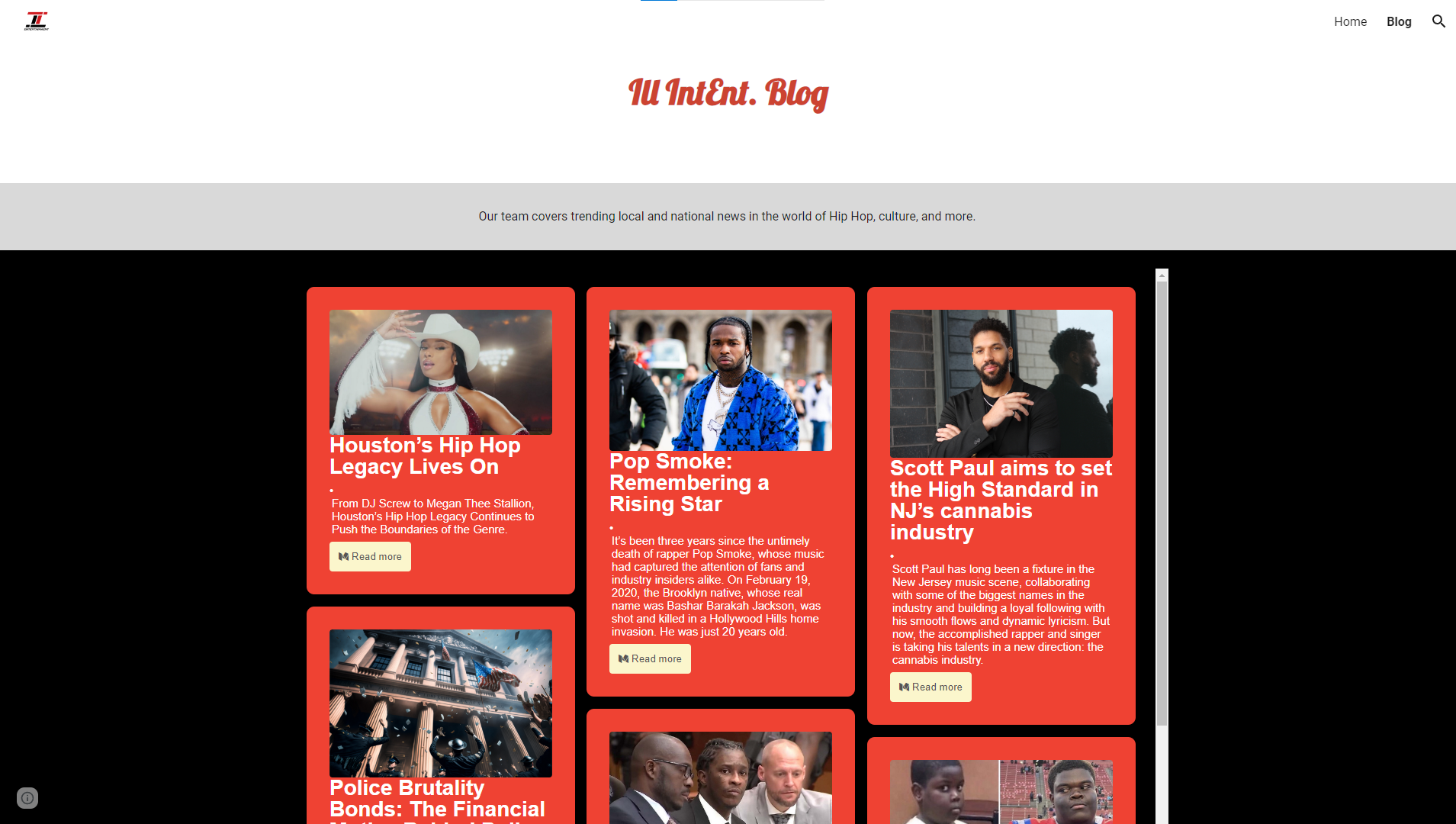
You can quickly put a Medium blog on your website without needing extra tools. Here’s how:
- Go to your Medium account.
- Choose a blog you want to share.
- On the right corner of the post, click the share icon.
- Click "Copy link" on the drop-down.
- Go to the admin panel of your website.
- Create or edit a page.
- Put a text or image on the page.
- Paste the blog link you copied from Medium. For example https://medium.com/@sociablekit/why-should-i-embed-social-media-feeds-on-my-website-22f92153a680
- Save and view your page.
Posting a Medium blog on your website by hand can be slow and tricky, especially when you can't easily change how the post looks. Medium used to have a handy link for sharing, but it doesn’t work anymore.
SociableKIT to the rescue! This tool automatically updates your feed, so you don’t have to keep sharing posts by hand. You can also change how your feed looks to match your brand.
Say goodbye to doing the same tasks over and over. With SociableKIT, you get the speed and the freedom to design your feed your way, all rolled into one.
LIMITED TIME OFFER!
Sign up now to use our widgets for FREE FOREVER!
No credit card required. Cancel anytime.

To embed Medium blog on your Squarespace website, follow the steps below.
-
Sign up free to SociableKIT. Sign up for a free account on SociableKIT or login if you already have an account.
-
Create and customize your Medium blog widget. Create a Medium blog widget and customize the colors, fonts, and other elements to match your Squarespace website.
-
Copy the Medium blog widget embed code. Click the 'Embed on website' button on the upper right and copy the embed code.
- Login to Squarespace. You must have a "Business" account in Squarespace to use the widget. The "code block" needed cannot be found if you only have a "Personal" account.

- Create a new blank page or edit your existing page. Identify which page you want the widget to appear. You can create a new page on Squarespace, or you can edit your existing page where you want the widget to appear.

- Add a Code Block. On your Squarespace page, click the 'Edit' button. Find the 'Code' block and click it.

- Paste the embed code from SociableKIT. On the 'Content' of the 'Code' block, paste the JavaScript embed code you have copied from your widget.

- Save the changes on the 'Code block'. After pasting your widget's embed code. Click the 'Save' button on the left part of the page.

- View your page. Refresh your Squarespace page and check your SociableKIT widget. Done!

To embed Medium blog on your WordPress website, follow the steps below.
-
Sign up free to SociableKIT. Sign up for a free account on SociableKIT or login if you already have an account.
-
Create and customize your Medium blog widget. Create a Medium blog widget and customize the colors, fonts, and other elements to match your Squarespace website.
-
Copy the Medium blog widget embed code. Click the 'Embed on website' button on the upper right and copy the embed code.
- Login to your WordPress site.

- On your WordPress, go to the "Pages" section then click the "Add new page".

- Pick a pre-defined layout or start with a blank page by clicking the "Blank page" button.

- On the body of your page, click the "+" icon and click the "Custom HTML".

- Paste the code in the text area.

- To preview, click the preview tab.

- Click the Publish or Update button on your WordPress page.

- Click the view page. Done!
To embed Medium blog on your Weebly website, follow the steps below.
-
Sign up free to SociableKIT. Sign up for a free account on SociableKIT or login if you already have an account.
-
Create and customize your Medium blog widget. Create a Medium blog widget and customize the colors, fonts, and other elements to match your Squarespace website.
-
Copy the Medium blog widget embed code. Click the 'Embed on website' button on the upper right and copy the embed code.
- Log in to Weebly.

- On your existing website on Weebly, click the "Pages" section on the upper left then click the "+".

- Select what type of page you want to add.

- Add a name to your page and then click "Done".

- On the top menu, click "Build" then on the sidebar, drag the "Embed Code" option on your page.

- Click the "Click to set custom HTML" then click "Edit Custom HTML".

- Paste the code you copied from SociableKIT then in the upper right corner, click the “Publish” button.

- Click the link to your site. Done!
To embed Medium blog on your Wix website, follow the steps below.
-
Sign up free to SociableKIT. Sign up for a free account on SociableKIT or login if you already have an account.
-
Create and customize your Medium blog widget. Create a Medium blog widget and customize the colors, fonts, and other elements to match your Squarespace website.
-
Copy the Medium blog widget embed code. Click the 'Embed on website' button on the upper right and copy the embed code.
- Login to Wix.

- On your existing website click the "+" button beside the "Main pages" section.

- Then click the "Add page" button.

- Name your page then hit enter.

- On the left, click "Add element". Find and click "Embed code". Click and drag "Embed a site" on your page then resize the container.

- Click "Change website address".

- Paste the link you copied from SociableKIT then click "Apply".

- Click "Publish" on the upper right.

- Click "View site". Done!

To embed Medium blog on your Webflow website, follow the steps below.
-
Sign up free to SociableKIT. Sign up for a free account on SociableKIT or login if you already have an account.
-
Create and customize your Medium blog widget. Create a Medium blog widget and customize the colors, fonts, and other elements to match your Squarespace website.
-
Copy the Medium blog widget embed code. Click the 'Embed on website' button on the upper right and copy the embed code.
- Login to Webflow.

- On your existing website, click the "Page: ...." in the upper left corner then click the "Create new page" icon.

- Once done add a name for your new page then click "Save".

- On the left, click "Add Element". Drag "Embed" to your page.

- Paste the JavaScript code you copied from SociableKIT.

- On the upper right, click "Publish" > "Publish to Selected Domains".

- View your page. Done!
To embed Medium blog on your Shopify website, follow the steps below.
-
Sign up free to SociableKIT. Sign up for a free account on SociableKIT or login if you already have an account.
-
Create and customize your Medium blog widget. Create a Medium blog widget and customize the colors, fonts, and other elements to match your Squarespace website.
-
Copy the Medium blog widget embed code. Click the 'Embed on website' button on the upper right and copy the embed code.
- Login to Shopify.

- On the left side, click Online Store.

- Click Pages. Add a new page or edit your existing page.

- On the Page details, click Show HTML icon (<>).

- Paste the embed code and click the Save button.

- Click the View page button. Done!

To embed Medium blog on your HTML website, follow the steps below.
-
Sign up free to SociableKIT. Sign up for a free account on SociableKIT or login if you already have an account.
-
Create and customize your Medium blog widget. Create a Medium blog widget and customize the colors, fonts, and other elements to match your Squarespace website.
-
Copy the Medium blog widget embed code. Click the 'Embed on website' button on the upper right and copy the embed code.
- Open your HTML file.
- You can create a new HTML page or edit your existing HTML page.

- Paste the Javascript code you copied from SociableKIT. Paste it where you want the widget to appear.

- Save your HTML page.

- You may now upload your HTML page to your web hosting.
To embed Medium blog on your Google Sites website, follow the steps below.
-
Sign up free to SociableKIT. Sign up for a free account on SociableKIT or login if you already have an account.
-
Create and customize your Medium blog widget. Create a Medium blog widget and customize the colors, fonts, and other elements to match your Squarespace website.
-
Copy the Medium blog widget embed code. Click the 'Embed on website' button on the upper right and copy the embed code.
- Login to Google sites. You must have at least a 'Business Starter' plan to create and customize your Google sites.

- Create or edit an existing website. Click the + 'Blank' button on the 'Start a new site' section to create or find your existing website under the 'Recent sites' section.

- Create a new blank page or edit your existing page. Identify which page you want the widget to appear. On the right sidebar, you will see an 'Embed' button. Click the 'Embed' button.

- Add the widget. A popup 'Embed from the web' will open up. Select the 'Embed code' tab on the popup.

- Paste the embed code from SociableKIT. On the 'Embed code' tab, you will see 'HTML code goes here' text. Paste the embed code from your SociableKIT widget.

- Save the widget. Once you have pasted your embed code, click the 'Next' button.

- Preview of your SociableKIT widget. After clicking the Next button, a preview of your embed code will be displayed. Click the 'Insert' button to insert the widget to your Google sites page.

- Edit the widget. Once the widget has been inserted, you will have the option to resize the widget. After resizing the widget to your preferences, click the 'Publish' button on the upper right corner of the page.

- Publish your page. After publishing the site, click the down 'Arrow' button beside the 'Publish' button.

- View your page. A dropdown of buttons will be displayed, click the 'View published site' button. Done!

To embed Medium blog on your Sharepoint website, follow the steps below.
-
Sign up free to SociableKIT. Sign up for a free account on SociableKIT or login if you already have an account.
-
Create and customize your Medium blog widget. Create a Medium blog widget and customize the colors, fonts, and other elements to match your Squarespace website.
-
Copy the Medium blog widget embed code. Click the 'Embed on website' button on the upper right and copy the embed code.
- Go to your Sharepoint site and log in with your credentials.

- Locate the page that you want to edit or create a new blank page. If you are creating a new page, click the "New" button and select "Page" from the options.

- On the upper right corner of the page, click the "Edit" button. This will enable you to make changes to the page.

- Hover over the area where you want to add the SociableKIT widget, then click the "+" icon that appears. From the list of options, find the "Embed" or "<>" icon and click on it.

- Paste the embed code provided by SociableKIT into the box.

- Click the "Publish" or "Republish" button to save your changes and make them live on the site. If necessary, upload the page to your website. You're done!

- widgets.sociablekit.com
- data.accentapi.com
- sociablekit.com
- images.sociablekit.com
Note: If you receive an error that states Embedding content from this website isn't allowed, you will have to add the following to the list of sites that are allowed on your website and the HTML Field Security list of the site collection where the site is located:
Did not see your website builder? You can find your website builder here: How to embed Medium blog on any website?.
You may also ask our support team if SociableKIT can integrate with your website builder.
If you want to find out more about embedding social media feed to your website, visit our homepage: Add social media feed to your website for FREE!
As you can see, it's pretty easy to embed a Medium blog on your site for free. Embedding your articles from Medium is a great way to drive traffic to your website or blog. Because the Medium blog articles help you stay relevant and on-brand, it's worth it to make the time to embed them even if you don't have a ton of followers as yet.
365 Days of Social Media Content Ideas: Your Complete Guide to Engaging Posts
This comprehensive resource is filled with engaging and interactive post ideas to keep your social media feeds vibrant all year round.
No more stress about what to post next or how to engage your followers – we've got you covered!
Start your journey towards an enhanced online presence today! Please enter your name and email below, and this invaluable tool will be on its way to your inbox.
Need Support?
If you need help, feel free to chat with us in the live chat box on the lower right corner of this page. You may also use the chat box located here.
You may also email us at [email protected]
We’re happy to talk about how to add social media feeds to your website!



